|
Whether you are searching for a holiday gift or a tasty sip to pair with a meal, I recommend the following five wines from Argentina, Italy, Oregon, Washington, and Virginia to add to your shopping list! Unánime Signature Malbec 2018 Mascota Vineyards is located in La Consulta, San Carlos, a small wine-growing sub-region in the southern Uco Valley of Mendoza, Argentina. Winemaker Rodolfo Sadler founded Mascota and has crafted wines for over 30 years. This 100% Malbec is aged for 14 months in French oak barrels. Nose: Violets, fresh red fruit, and baking spice. Palate: Bing cherries, red plum, with a hint of dark berries and subtle notes of dark chocolate, espresso, and pepper on a lengthy finish. Smooth and balanced with complex layers. Alcohol: 14.5% SRP: $40 Pairing suggestions: Hearty stews, roasted meat, fowl, or mushroom risotto. Intrinsic Red Blend 2021 Intrinsic Wine Co is a Washington state wine brand created by Juan Muñoz Oca, head winemaker at Columbia Crest, and his team. Columbia Crest and Intrinsic are both owned by the largest wine company in Washington, Chateau Ste. Michelle Wine Estates. According to available information, the Intrinsic Red Blend 2021 is a blend of Malbec, Cabernet Franc, and Cabernet Sauvignon, originating from the Columbia Valley region of Washington state. Nose: Lovely notes of raspberry, dark cherry, and sweet plums, along with hints of violet, tobacco, and herbs. Palate: This rich and juicy blend shows off notes of chocolate, espresso beans, and pepper that blend well with ripe fruit. Silky tannins and well-balanced acidity lead to a long finish with spice and berries lingering on the palate. Alcohol: 14.5% SRP: $20 Pairing suggestions: Sip on its own or head to the dessert table with your glass! FIOL Prosecco DOC Extra Dry FIOL (pronounced FEE-yol) means “son” in Venetian dialect and “chap” in English. FIOL was founded in 2011 by Gian Luca Passi and co-founder Giovanni Ciani Bassetti. They are childhood friends who grew up surrounded by Prosecco. “Most local winemakers have been drinking sparkling wine for 50 years and need an extraordinarily strong bubble to really feel it. We wanted something gentler, more subtle, more fruity.” says Gian Luca Passi.” This sparkling wine is 100% Glera. Prosecco DOC requires a minimum 30-day secondary fermentation in tank. This wine remains in tank 40 days for extra depth and complexity. Nose: Green apples, a touch of white flowers, and citrus. Palate: Smooth bubbles with emphasis on the grape. It is crisp and refreshing with notes of apple, pear, minerality, and a touch of lemon zest. Alcohol: 11% SRP: $19 Pairing suggestions: Enjoy as an aperitif, in cocktails, or with appetizers, entrees, and dessert! Appassionata Andante Pinot Noir 2017 J. Christopher Winery, located in northern Willamette Valley, Oregon, is owned by iconic winemaker Erni Loosen, creator and owner of Germany’s Dr. Loosen and Villa Wolf estates. Following his passion for Pinot Noir, Erni set his sights on J. Christopher, eventually purchasing 40 acres and planting the Appassionata Vineyard. The grapes for this 100% Pinot Noir are sourced from 33-year-old vines in the Dundee Hills appellation. The wine was aged for 20 months in French oak barriques (25% new). The wine is released five years after vintage. Andante means ‘gently, unhurried.’ Nose: Exotic flowers, brioche, red berries, red plums, baking spice, herbal notes, and a whiff of orange. Palate: This is a lively wine that balances delicate and savory. Silky texture with bright cherry, pomegranate, baking spice, and orange zest. A long and tasty finish awaits. Alcohol: 13.5% SRP: $135 Pairing suggestions: Roasted fatty fish such as salmon, stuffed artichokes, duck, grilled meat, venison, and most cheese. Early Mountain Rise 2021 Early Mountain Vineyards is owned by Jean Case, who started the company in 2012. They are located in the foothills of the Blue Ridge Mountains in Madison, Virginia, with more than 55 acres of planted vineyards. Rise is reserved for only the finest vintages with specific selections from exceptional mountainside vineyards. It is a beautiful blend of 58% Merlot, 17% Petit Verdot, 15% Tannat, and 10% Cabernet Franc. The wine is aged for 20 months in French oak barrels (52% new) and 18 months in bottle prior to release. If properly stored, this wine will drink well from 2024-2050. Nose: Floral, dark berries, plum, cedar, baking spice, and forest floor.
Palate: A perfect dance of structured tannins merging with acidity leads to an elegant wine. Aromas segue onto the palate with lingering notes of chocolate, spice, and decadent berry pastries on a long finish. Alcohol: 14.8% SRP: $150 Pairing suggestions: Hearty stews and soups, roasted red and white meat, mushroom risotto, pasta, seared tuna, charcuterie board, and spinach quiche. I hope these wines have aroused your curiosity. Your palate will appreciate it! Happy tasting! Until next time… Cheers! Penina To leave a comment or if you have an inquiry, please contact me at [email protected] National Prosecco Week 2024: The Event Celebrating the Success of Prosecco DOC in the United States. National Prosecco Week (NPW) took place June 24-30, 2024, to celebrate one of the world's most beloved Italian excellences: Prosecco DOC. This week, which is dedicated to Italian bubbly, has become a regular event in the United States. Now in its 7th edition, it has consolidated itself as a successful platform to promote and publicize the authenticity and versatility of Prosecco DOC. The 2024 edition saw record participation, with events in San Francisco, Los Angeles, Chicago, and New York and a massive presence in more than 1,700 restaurants and outlets across the US. In addition, more than 20 Prosecco DOC wineries were involved in the promotion. NPW was preceded by its Roadshow, which stopped in emerging cities for Veneto-Friuli bubbles such as Phoenix, Seattle, and Houston, offering tastings and educational seminars to the most curious and wine enthusiasts. Participants learned firsthand about the Prosecco DOC production process and tasted a selection of its types, including the increasingly popular Rosé version. Among the most anticipated new features of NPW 2024 was the Cocktail Competition, organized in collaboration with the United States Bartenders' Guild. This competition once again highlighted the versatility of Prosecco DOC as a main ingredient in creative cocktails. The competition featured talented bartenders from all over the country. In the end, Jennifer Yim triumphed with her “Spritz Corretto,” a cocktail that captured the essence of Prosecco DOC by pairing it with exotic notes of melon tea. (Photo of Jennifer and Spritz Corretto is courtesy of US Bartenders' Guild.) The success of National Prosecco Week 2024 is also reflected in the numbers on social media. With more than 2.2 million impressions and a 170 percent increase in engagement over the previous year, NPW succeeded in engaging an ever-widening audience. Through influencer collaborations, organic posts, and paid campaigns, Prosecco DOC continued to shine not only in glasses but also on the digital feeds of wine enthusiasts. This social media engagement was accompanied by unprecedented media coverage, with over 396 articles published and a total reach of over 210 million people. NPW celebrates Prosecco DOC as wine, territory, and Italian culture and tradition. Educational seminars, exclusive dinners, and tastings made this week an opportunity for industry experts, enthusiasts, and new consumers to meet, creating a dialogue between Italy and the United States over a glass of bubbly. With ever-increasing participation and an increasingly tangible impact, National Prosecco Week is set to remain a key event in the calendar of wine enthusiasts. Thanks to NPW, Prosecco DOC continues to build a solid base of supporters in the United States, confirming it as a favorite choice for those seeking quality, versatility, and elegance in a glass. Cheers! Penina This is a commissioned article by Prosecco DOC Consortium, for which I received compensation.
To learn about Prosecco, please click “Prosecco” in the Categories menu to the right. To leave a comment or if you have an inquiry, please contact me at [email protected] As you might know by now, I don’t need a particular reason to open a bottle of wine, regardless of the price tag. I’m all about celebrating “just because” moments! So, whether you’re in the mood for bubbles or still wine, these wallet-friendly and easy-drinking wines are an excellent addition to keep in your refrigerator for your “just because” moments! Occasionally,, I review new vintages of my favorite wines from producers I have written about in the past. And so it is with Pasqua Vigneti é Cantine, who always pleases my palate with their expressive and memorable wines. Still Wines Pasqua “11 Minutes” Rosé Trevenezie IGT 2023 Founded in 1925, this family-run business is located in Verona, Italy. and is led by third-generation Pasqua brothers Riccardo and Alessandro. The company has complete control over approximately 741 acres of vineyards (1/3 is estate-owned), stretching from Lake Garda to Soave. This wine is a unique blend of sustainably grown grapes sourced from Lake Garda. The blend is 50% Corvina, 25% Trebbiano di Lugana, 15% Syrah and 10% Carménère. It is called “11 Minutes” because after harvest thes grapes are gently pressed, and with only 11 minutes of skin contact, the most noteworthy qualities of the grapes are extracted, and the color is obtained. The bottle is an unusual and eye-catching oval shape, with an alluring photo of Lesbia seen through the front label. Nose: Lovely floral notes, red berries, citrus, and a hint of herbs. Palate: This is a fresh and inviting rosé with wild strawberries, spice, vibrant acidity, and a touch of pink grapefruit on the finish. Alcohol: 12.5% SRP: $18.99 Pairing suggestions: Enjoy as an aperitif or serve with grilled fish, seafood, risotto, or salads. Veramonte Chardonnay 2022 Viñedos Veramonte is an organic estate established over 25 years ago, and it sits at the extreme eastern end of Chile’s Casablanca Valley. The Veramonte vineyards are located in both Casablanca Valley and Colchagua Valley. Organic grapes for this 100% Chardonnay are sourced from Casablanca Valley. Part of the wine is barrel fermented in neutral oak with wild yeasts for about eight months, and the rest in stainless steel tanks. Nose: Floral, white stone fruit, citrus, minerality, and a hint of mint. Palate: Aromas segue onto the palate with subtle oak notes, nice acidity, lemon drops, and a touch of salinity. This is a fresh and lively wine. Alcohol: 14% SRP: $13.99 Pairing suggestions: Serve as an aperitif or pair with appetizers, seafood, grilled salmon, veggies, and pizza. Sparkling Wines Valdo Marca Oro Valdo was founded in 1926 by the Societa Anonima Vini Superiori and purchased by the Bolla Family in 1938. “Over 90 years of continuous innovation with an ongoing quest for quality and devotion to respecting the vineyards & wine-making traditions of the region has helped to secure Valdo’s position as one of the leading and most trusted Italian wineries specialized in Prosecco and sparkling wines.” (Valdo quote) Sparkling wines labeled Prosecco DOC (Denominazione d’Origins Controllata) come from nine provinces between Veneto and Friuli-Venezia Giulia. What is considered to be the best quality Prosecco comes from the Treviso province, especially the area between Valdobbiadene and Conegliano, a hilly area that is the home of Prosecco Conegliano Valdobbiadene Superiore DOCG (Denominazione d’Origins Controllata e Garantita) The Valdo winery is located at the foothills of the “pre-alps” around Treviso in Valdobbiadene, the heart of Prosecco DOCG.with vineyards in the DOCG and DOC appellations. Valdo Marca Oro Prosecco DOC Rosé Brut The grapes for this sparkling wine are sourced from the Prosecco DOC appellation in Veneto, Italy. It is 90% Glera and 10% Pinot Noir and produced using the Charmat Method. Nose: Lovely floral notes with pear, sweet apples, and red berries. Palate: Persistent and fine bubbles with aromas that segue onto the palate. Bright acidity and a creamy mouthfeel add to a long and refreshing finish. Alcohol: 11% SRP: $15.99 Pairing suggestions: Enjoy as an aperitif or serve with fish, pasta, salads, grilled chicken, or dessert. Valdo Marca Oro Prosecco DOC Brut The grapes for this 100% Glera sparkling wine are sourced from the Prosecco DOC appellation in Veneto, Italy. It is produced and aged using the Charmat method, followed by one month in the bottle. Nose: Floral bouquet with green apples, white stone fruit, and hints of citrus. Palate: It has ersistent and fine bubbles with crisp fruity notes, lemon, and a touch of melon. It has excellent structure and is a fresh and lively wine! Alcohol: 11% SRP: $14.99 Pairing suggestions: Enjoy as an aperitif or serve with Asian cuisine, grilled fish, crab quiche, or turkey burgers. FIOL Prosecco DOC Rosé 2021 FIOL (pronounced FEE-yol) means “son” in Venetian dialect and “chap” in English. FIOL was founded in 2011 by Gian Luca Passi and co-founder Giovanni Ciani Bassetti. They are childhood friends who grew up surrounded by Prosecco. “Most local winemakers have been drinking sparkling wine for 50 years and need an extraordinarily strong bubble to really feel it. We wanted something gentler, more subtle, more fruity.” says Gian Luca Passi.” This rosé is made with 85% Glera and 15% Pinot Noir sourced from Prosecco DOC appellation. The Charmat method was used for production. Nose: White flowers, red berries, and citrus.
Palate: Persistent and creamy bubbles with raspberry, strawberry, lemon, and a touch of salinity. Simple, balanced, and elegant, with persistent bubbles to the last drop! Alcohol: 11% SRP: $22 Pairing suggestions: Serve as an aperitif or enjoy with seafood, grilled fish, chicken, salads, lobster rolls, or mushroom risotto. The above wines are perfect to enjoy this summer and all year round! Pop a cork and indulge in a “just because” moment! Until next time… Cheers! Penina To leave a comment or if you have an inquiry, please contact me at [email protected] Fourth of July has come and gone, and the fireworks and sparklers have been put away. However, the sparkles, as in sparkling wine, continue at my house with corks popping and bubbles flowing! I never need an occasion to pour sparkling wine, and as I’m sure you all know by now, I love celebrating “just because” moments. Don’t you? I have a wonderful lineup of delicious Italian sparkling wines, specifically Prosecco, that will tickle your palate and won’t put a dent in your bank account. Before we get to the reviews, let’s take a quick trip to Italy. Prosecco is a sparkling wine produced in the Veneto region of the northeastern part of Italy and is made primarily with Glera, a white grape variety. Here is a brief overview of the production area. Sparkling wines labeled Prosecco DOC (Denominazione d’Origins Controllata) come from nine provinces between Veneto and Friuli-Venezia Giulia. What is considered to be the best quality Prosecco comes from the Treviso province, especially the area between Valdobbiadene and Conegliano, a hilly area that is the home of Prosecco Conegliano Valdobbiadene Superiore DOCG (Denominazione d’Origins Controllata e Garantita) There are three communes in the Prosecco DOCG: Conegliano, Valdobbiadene, and Asolo, located about 26 miles north of the Treviso airport. Asolo, a smaller town known as the “City of 100 Horizons” because of its spectacular panoramic views, is also included in the Prosecco DOCG and called Asolo Prosecco Superiore DOCG. Conegliano Valdobbiadene and Asolo have ancient origins of vine growing dating back to the Roman Empire, but the first written documentation connecting Prosecco to this area is from 1772. The DOC was established here in 1969, and the historic production of Prosecco has been limited to 15 communes. In 2009, Conegliano Valdobbiadene Prosecco DOCG and Asolo Prosecco DOCG certification was issued. As of January 1, 2021, the Denomination di Origins Controllata consortium gave its final stamp of approval for making Prosecco Rosé, setting these wines apart from other pink sparkling wines made in Italy. The grapes for Prosecco Rosé must be sourced from a specific geographic area that has passed the Italian Government’s quality requirements. In addition, only Glera grapes (85 -90%) and Pinot Noir (10-15 %) are allowed. The DOC guidelines also require Prosecco Rosé to be fermented in stainless steel tanks for at least 60 days. Also, they must be vintage-dated and labeled Prosecco DOC. These sparkling wines range in style from very dry to slightly sweet. This area is rich in history, culture, and beauty, and the breathtaking countryside is filled with hills and rolling slopes rising up from the Piave River. From early origins, a glacier slid down from the Dolomites and came to rest in a valley that eventually became the riverbed of the Piave. The river begins in the Alps and flows into the Adriatic Sea. The local soil is attributed to this glacier and can vary depending on the slope of the hill. Some areas contain rock, sand, clay, and iron oxides. In areas unaffected by the glacier, the soils consist of marl and sandstone and are less deep and more porous. Because Conegliano Valdobbiadene and Asolo are situated between the sea and Prealps, the area experiences a mild climate with constant breezes. Vineyards have excellent sun exposure and benefit from the altitude and broad differences between day and night temperatures. The slopes, micro-climate, sun exposure, and various soils make this an ideal setting for growing Glera grapes for the production of Prosecco Superiore DOCG. Unlike the traditional method used to produce sparkling wines such as Champagne, Cava, and Franciacorta, which goes through its second fermentation in the bottle, most Prosecco is made using the Charmat-Martinotti method, where the second fermentation takes place in stainless steel tanks. Due to the Glera grape’s moderately high acidity and typical characteristics of white flowers, peach, melon, apple, and pear, it is the perfect grape for sparkling wine. So, let’s taste a few wines! Bele Casel Asolo Prosecco Superiore DOCG Vecchie Uve Extra Brut 2019 Bele Casel estate is located in the heart of Asolo, with 12 hectares of hillside vineyards in Cornuda, Maser, and Monfumo. Glera and other local varieties for this wine are sourced from Monfumo vineyards, with an average vine age of 50 years old. Secondary fermentation takes place in pressure tanks for 18 months on the lees. Nose: Delicate, fruity aromas, floral, pear, sweet apple, and herbs. Palate: Creamy and persistent bubbles lead to a fresh and vibrant wine. Aromas segue onto the palate, with pear and apple lingering for an elegant finale. This wine can be aged in the bottle for six to eight years. Alcohol: 11% SRP: $24 Giusti Asolo Prosecco Superiore DOCG Brut NV From the first vineyard, owner Ermenegildo Giusti, planted in 2002, Società Agricola Giusti-Dal Col srl has grown to 75 hectares. The estate lies in the Montello and Pieve hills in eastern Veneto, between Treviso, Venice, and Asolo. This sparkling wine is 100% Glera harvested from vineyards in the hilly area of Montello and the Asolo hills. Secondary fermentation takes place in pressure tanks. Nose: A lovely floral bouquet with tart apple and lemon. Palate: Creamy and persistent bubbles with brisk acidity, pear, apple, peach, lemon zest, and minerality. Alcohol: 11.5% SRP: $14 Montelliana “57” Asolo Prosecco Superiore DOCG Extra Dry This wine is named for the year the winery was founded, in 1957. Cantina Montelliana is located in the heart of the Marca Trevigiana, at the foot of Colli Asolani and Montello district. It is a cooperative of 400 associated vine growers that produce Prosecco DOC and DOCG. This 100% Glera sparkling wine is made using the Charmat method. Nose: Fruity bouquet with floral, apples, melon, and peach. Palate: Creamy perlage with apples, pear, white peach, white flowers, minerality, and vibrant acidity. Alcohol: 11% SRP: $ $14 Villa Sandi Villa Sandi is located in the heart of the Treviso Province at the foot of Valdobbiadene Prosecco DOCG hills. The estate boasts an extensive network of underground cellars dating back to 1622. Villa Sandi is owned by the Moretti Polegato family, purchased in 1970, and is a family-run business. They have five estates in the DOC and DOCG areas between the regions of Veneto and Friuli Venezia Giulia. Villa Sandi Il Fresco Prosecco DOC Rosé Millesimato 2021 This wine is a blend of 85% Glera and 15% Pinot Noir. Grapes are sourced from vineyards in the Veneto and Friuli Venezia Giulia regions. The wine is made using the Charmat method. Nose: Rose petals, raspberry, a hint of citrus, and pear. Palate: Fresh strawberries and cream come to mind with this delectable rosé. Creamy bubbles, red berries, floral notes, and bright acidity. Very refreshing! Alcohol: 11% SRP: $22 Villa Sandi Valdobbiadene Prosecco Superiore DOCG Extra Dry NV The grapes for this wine are sourced from the hilly countryside of Conegliano-Valdobbiadene DOCG, in the Valdobbiadene DOCG appellation. It is a blend of 85% Glera and 15% Chardonnay. Nose: Beautiful floral notes with hints of honeysuckle, white stone fruit, and apple. Palate: Aromas segue onto the palate with creamy bubbles and lively acidity. Alcohol: 11% SRP: $25 Villa Sandi Il Fresco Prosecco Biologico Organic Brut DOC NV This sparkling wine is Certified Organic by Valoritalia (a company for the certification of quality and Italian wine production S.r.l.), which means no synthetic chemicals are used in the wine growing process. It is 100% Glera and is produced using the Charmat method. Nose: Floral with a touch of edelweiss. It is fruity, with white stone fruit and melon. Palate: Fine and persistent bubbles, dry, sweet apple, white peach, and honeydew. Fresh and lively! Alcohol: 11% SRP: $22 LaMarca LaMarca was established in 1968 and is a wine-producing company representing the products of nine cooperative wineries and fourteen processing plants in the heart of the province of Treviso, specifically, LaMarca Trevigiana. LaMarca Prosecco DOC NV This wine is 100% Glera, sourced from hundreds of small villages throughout the Prosecco DOC region. It is produced using the Charmat method. Nose: Floral notes, citrus, white stone fruit, and honey. Palate: This a fresh and lovely wine with crisp notes of green apple, citrus, grapefruit, minerality, and a touch of lemon zest on the finish. Alcohol: 11% SRP: $19 LaMarca Prosecco Rosé DOC 2021 Glera and Pinot Noir (10-15%) are sourced from vineyards throughout Treviso’s hillside along the Piave River. An extended secondary fermentation for at least 60 days takes place in stainless steel tanks. Nose: Floral, red berries, white stone fruit, and a hint of herbs. Palate: Fresh and crisp, with raspberry, strawberry, cherry, citrus, white peach, minerality, and lively bubbles. Alcohol: 11% SRP: $19 Enjoy these sparkling wines as an aperitif or pair with just about anything from salty to sweet, appetizers, main courses, and desserts! Here are a few food pairing suggestions: creamy, mild, or savory cheese, apple and goat cheese salad, seafood, shellfish, charcuterie board, pizza, spicy Asian cuisine, pasta, grilled white meat dishes, roasted veggies, delicate pastries, and salted popcorn! I look forward to returning to this region soon to soak up more beauty, culture, and sparkling wine! In the meantime, I’ll pour a glass of Prosecco and let it transport me back to this magical region with every sip I take. Pure bliss! Until next time…
Cheers! Penina To leave a comment or if you have an inquiry, please contact me at [email protected] When I think of calendar events in February, Ground Hog’s Day and Valentines’s Day are at the top of my list. Unfortunately, Punxsutawney Phil, the famous groundhog, made his prediction this year with six more weeks of winter to contend with. So, with that in mind, let’s move on to Valentine’s Day and comfort our hearts and souls with wine, a cocktail, and tea that are sure to please the palate and chase away the winter blues. Loveblock Wines Pinot Noir 2020 The founders of Loveblock Wines are veteran winemaker Kim Crawford and his wife Erica, who have been working in wine most of their lives. The grapes for this lovely 100% Pinot Noir are sourced from New Zealand’s Central Otago region on a 20-acre vineyard affectionately named “Someone’s Darling.” Erica said, “Loveblock is a true love story. It is one of depth and dedication.” Nose: Red fruit, cherry, earth, and spice. Palate: Juicy, rich fruit, cherry, dark plum, red berry notes, with a dash of herbs and spice. Beautifully balanced and smooth with bright acidity. Alcohol: 13.5% SRP: $37 Pairings: Cheese, white meat, lamb, risotto, or salmon. Gorghi Tondi Dumè Frappato Sicillia DOC 2020 Tenuta Gorghi Tondi is located in south-western Sicily, surrounded by vineyards and the sea. Sisters Annamaria and Clara Sala continue the 100-year-old family tradition of making wine here that their great grandmother Dora started with her captivation of the land, sun, and light. The grapes for this 100% Frappato are sourced from one of the estate’s youngest (6 years old) vineyards. The wine is aged in stainless tanks, on the lees for five months and two more months in the bottle. Nose: Lively red fruit aromas with berries, herbs, a floral touch, and a hint of the sea. Palate: Engaging flavors of fresh red fruit, strawberry, pomegranate, rosemary, with a dab of orange peel and spice lingering on the finish. It may be served slightly chilled. Alcohol: 12.5% SRP: $19 Pairings: Serve with pasta dishes, fish, white meat, hamburgers, or pizza. Bubbles! Valdo Marca Oro Prosecco DOC Rosé Brut 2020 Valdo was founded in 1926 and has been owned by the Balla Family since 1938. The grapes for this sparkling wine are sourced from the Prosecco DOC appellation in Veneto, Italy. It is 90% Glera and 10% Pinot Noir and produced using the Charmat Method. Nose: Lovely floral notes with pear, apple, and red berries. Palate: Persistent bubbles with aromas that segue onto the palate. Bright acidity and a creamy mouthfeel add to a long and refreshing finish. Alcohol: 11% SRP: $14.99 Pairings: Enjoy as an aperitif, or serve with fish, pasta, salads, grilled chicken, or dessert. Bottega Liquid Metals Rosé Gold NV This sparkling wine is produced by Bottega SpA, headquartered in Castello Roganzuolo, about 30 miles from Venice, Italy. It is 100% Pinot Noir grapes hand-harvested from vineyards in the Lombardy region. It is produced using the Martinotti (Charmat, tank) method. Sandro Bottega, third-generation winemaker and co-owner, said, “Bottega’s motto is “Fatto A Mano,” which means ‘handmade.” Its mission is to work and achieve the highest levels of quality, design, and sustainability.” The gilded bottle protects the wine from light, preserving the wine's clean and refreshing aromas. Nose: Juicy peach, mixed red berries, and floral notes. Palate: Fresh and lively with an accent on raspberry, strawberry, and peach. Dry with a fine perlage. Alcohol: 11.5% SRP: $32.99 Pairings: Enjoy as an aperitif or with light fare. Champagne Boizel Rosé NV This Champagne is produced by the Boizel House, established in 1834 and located in Épernay, in the heart of Champagne. The grapes for this rosé is a blend of 50% Pinot Noir, 20% Chardonnay and 30% Pinot Meunier sourced from Grands and Premiers Cru vineyards “The still wines (vins clairs) from the year are blended with 20% of reserve wines kept from the previous two harvests, ensuring consistency. By using reserve wines within two vintages only, Boizel is able to preserve freshness in their wines, a signature trait of their winemaking style.” The wine is aged for three years on its lees, in the bottle. Nose: Delicate notes of cherry and strawberry. Palate: Creamy mouthfeel, persistent and fine bubbles with an accent on raspberry, citrus, and subtle notes of spice and minerality on a long finish. Alcohol: 12% SRP: $61.99 Pairings: Enjoy as an aperitif or serve with just about anything, including dessert! Champagne Vollereaux Rosé de Saignée Brut NV Champagne Vollereaux produces this 100% Pinot Noir rosé. They are a sixth-generation family winery located in Pierry, France. “Vollereaux is one of the very few champagne wineries to use the traditional saigne method of maceration for its Rosé Champagne, which involves bleeding off a portion of pink juice during red wine production (as opposed to blending red and white wine together). This process occurs after a short contact with the grape skins and seeds.” The juice spends three years on lees, more than twice the time required by appellation rules. Nose: Strawberry and juicy red berries, vanilla, and bread dough. Palate: Strawberry, kirsch, and citrus mingle with berries and cream. It is dry with fine bubbles, has vibrant acidity and a hint of brioche and minerality that linger on a long finish. Alcohol: 12% SRP: $54.99 Pairings: Delicious as an aperitif, or with light fare and dessert. Cocktail Time! Wild Hibiscus Daiquiri This cocktail is a delicious sweet and sour blend made with Australian wild hibiscus flowers in syrup. The 250g jar includes 11 edible flower buds. There are many recipes available online, or create your own! SRP: $13 (available on Amazon) Wild Hibiscus Daiquiri Recipe: 3 oz. white rum 1 oz. fresh lime juice 1 oz. wild hibiscus syrup Wild Hibiscus Flower garnish Pour ingredients (minus flower) into a cocktail shaker with ice. Shake vigorously for 10 seconds. Strain into glass and garnish with flower. Tea Time! And lastly, for those who enjoy tea, this is not to be missed. Adagio Teas ‘Cupid’s Cup Tea’
This delicious tea is a love potion that is tangy, sweet, and creamy. The ingredients are rose hips, hibiscus, apple, sprinkles, rose petals, strawberry, and natural flavor. Caffeine-free. This is a loose leaf tea that takes five to seven minutes to brew. SRP: $15 So, whether you are celebrating with someone or want to have a “just because” moment, the above potations will brighten your spirits and warm your heart. Although they will chase away the February blues, they are meant to be enjoyed all year long! Until next time… Cheers! Penina To leave a comment or if you have an inquiry, please contact me at [email protected] October is a beautiful time of year filled with fall festivals, hayrides, and dazzling mum displays. The trees are bursting with color, and the crisp smell of autumn is in the air. It is also Halloween month, a holiday that is enjoyed and celebrated by both young and old. There are pumpkins to carve, costumes to make, parties to plan, and of course, let’s not forget scary haunted houses, spooky trails, and ghost tours! Halloween is also a time for lots of fun creativity in the kitchen and making many delectable treats for children. Of course, adults enjoy holiday treats as well, especially beverages. If pumpkin lattes and hot apple cider aren’t your thing, there are more “spirited” Halloween-themed drinks such as Poison Apple Cocktail, Boozy Witch’s Brew. Black Devil Martini and Zombie Slime Shooters! But if you prefer sipping wine, please step into my "Hallowine" cellar, if you dare, and I’ll tell you a few tales! Casillero del Diablo Once there was a winemaker named Don Melchor Concha y Toro who founded the Concha y Toro winery in Chile in 1883. He started his winery with grape varieties that he brought back to Chile from the Bordeaux region of France, with which he made exquisite wines. Don Melchor reserved an exclusive batch of these wines for himself that he kept under lock and key. According to legend, these wines continually disappeared from the cellar. So to stop the theft of these wines, Don Melchor spread a rumor that the devil himself lived in the cellar guarding the wines. Everyone became terrified, and some people claimed that they had seen the devil. The rumor worked, the thefts stopped, and Don Melchor continued to enjoy his wines. To this day, the cellar is known as the “The Devil’s Cellar” and remains protected…forever! Casillero del Diablo, which means “devil’s locker” in Spanish, is a legendary brand that is part of Concha y Toro’s portfolio with the “devil” logo on every bottle. The cellar is located in Pirque, close to Santiago, and is open for tours. Here are two wines from Casillero del Diablo to add some devilish fun to your Halloween. Casillero del Diablo Reserva Red Blend DO 2018 The grapes for this red wine are a mysterious blend of Syrah and Cabernet Sauvignon sourced from Rapel Valley. The wine is shrouded in secrecy about its length of aging, but rumor has it that it spent about ten months in French oak. But there is no mystery as to this wine’s aromas and taste! Nose: Dark berries, black cherry, fig, spice, and vanilla Palate: Juicy plum, dark cherry, spice, dark chocolate, and soft tannins Alcohol: 13.5% SRP: $11.99 Pair with grilled meat, game, seared tuna, hearty stews, and pasta. Casillero del Diablo Reserva Cabernet Sauvignon 2019 The grapes for this wine are sourced from Central Valley D.O. Its aging remains a secret closely guarded by the devil in the cellar! Nose: Intense aromas of dark berries, cherries, plum, floral, and spice. Palate: Aromas spill onto the palate with a touch of anise. It is beautifully balanced with firm tannins and dark chocolate and plum lingering on a long finish. Alcohol: 13.5% SRP: $11.99 Pair with hearty or spicy cuisine, grilled meat, aged cheese, or stews. Flora Springs Flora Springs is a family-run winery located in Napa Valley, CA, founded in 1978 by Jerry and Flora Komes. Today, their son John and daughter Julie are the proprietors of the estate, and Julie’s husband, Pat Garvey, is the vineyard director and proprietor. The property is situated among vineyards planted in the late 1800s, now part of the estate vineyards. When the Komes bought the estate, it came with a “Ghost Winery.” originally constructed in 1885. “Ghost Winery” is a term used to describe any winery between 1860 and 1900 that was non-functional and in disrepair in the early 20th century due to the Great Depression, phylloxera, and Prohibition. According to Flora Springs, “Before 1919, when Prohibition began, there were an estimated 713 winery businesses in California. Following its repeal 14 years later, only 40 wineries were left. This resulted in a wave of abandoned wineries throughout the next several decades. Many wineries of the time disappeared forever; others were left in ruins.” After his parents bought the property, John completely renovated the old stone winery into a home and lives there with his wife, Carrie. In honor of Flora Springs history, every year around Halloween time, they bottle a small amount of estate-grown Malbec from the vines in front of the old winery as a tribute to the estate’s “ghostly history.” The label is a hand-drawn etching of the historic stone cellar. Ghost Winery Malbec 2019 This wine is 100% Malbec and aged 18 months in French (75%) and American (25%) oak barrels. Nose: Plum, cherry, berries, baking spice, and figs Palate: Lush dark berries, black plum, cocoa, fig, spice, silky tannins, and a long finish. Flora Springs says, “It’s hauntingly delicious.” Alcohol: 14.2% SRP: $60 Pair with stews, hearty soups, grilled meat, seared tuna, or aged cheese. In addition to the Ghost Winery Malbec, Flora Springs produces a one-of-a-kind Halloween-themed label and limited edition wine. Every year since 2008, consumers look forward to these whimsical Halloween wine bottles. This year, General manager and third-generation Nat Komes collaborated with New York-based artist Marc Sasso to create the All Hallows’ Eve Cabernet Franc label. The result is an image of witches dancing in the moonlight while brewing a special potion. Hmm, I wonder what that could be! All Hallows’ Eve Cabernet Franc 2019 The grapes for this 100% Cabernet Franc are sourced from a small block of the family’s estate vineyard in Rutherford. It is aged 18 months in French (80%) and American (20%) oak barrels. Nose: Red fruit, baking spice, cherry, and a hint of floral. Palate: Juicy notes of black raspberry, dark cherry, chocolate, spice, and a touch of sour cherry on a long finish. It is a balanced and well-structured wine. Alcohol: 14.2% SRP: $60 Pair with grilled meat, fowl, seared tuna, or a Halloween chocolate treat! And what would Halloween be without adding a little “magical” sparkle to the festivities? Bottega SpA Bottega SpA is headquartered in Bibano, Treviso, in the Veneto region of northern Italy. It is here that the company produces Prosecco DOC and grappa. In addition, they have another winery in Conegliano for the production of Prosecco DOCG. Bottega also manages wineries in Valpolicella and Montalcino. Bottega’s motto is “Fatto A Mano,” which means ‘handmade.” Its mission is to work and achieve the highest levels of quality, design, and sustainability. All of the bottles are beautifully designed and made of hand-blown Venetian glass in Bottega’s glass factory. Academia Prosecco Rainbow Collection is a brand that celebrates the art of Venetian glassmaking and the city’s festive carnival atmosphere. Each colorful bottle of this collection contains Prosecco DOC. There are many colors to choose from, and the bottles can be combined to “create a rainbow of emotions.” In addition, one can mix and match the colors to celebrate specific holidays or events. Bottega SpA has no ghost stories to tell, but they have certainly gotten into the “spirit” of Halloween with their orange and black Halloween pack of Prosecco DOC. Prosecco Spumante DOC Brut
Made with 100% Glera, these grapes are hand-harvested from manually maintained and sustainable vineyards in Treviso Plains. This wine is produced using the Martinotti (Charmat tank) method. Nose: Floral, apples, citrus Palate: Apple, pear, pink grapefruit, and a hint of floral with a creamy mouthfeel, fine bubbles, and apples lingering on the finish. This is a fresh and lively sparkling wine. Alcohol: 11% SRP: $42 (Halloween pack of two) Pair with a charcuterie board, light salads, fish, risotto, or enjoy as an aperitif. Although Halloween is a great time to let one’s imagination run wild and tap into one’s creative spirit, all of these wines need no special occasion to open and enjoy! Whatever you choose to sip on Halloween, I hope you have some juicy ghost stories to pair with it! Happy Hallowine! Cheers! Penina This article was originally published on Santé Magazine. To leave a comment or if you have an inquiry, please contact me at [email protected] When one meets David Noto, you can’t help but notice the twinkle in his eyes and spirited personality. He is the owner of Altaneve, a winery located in Valdobbiadene, in northeastern Italy. When I met David three years ago at a wine event, his first question to me was, “Do you like Prosecco?” “Indeed,” I answered. “Well then, you must try my wines.” Long story short, I did try his wines and was quite impressed. However, it is not only the impressive wines; it is the man behind the wines and the particular region of Italy where his vineyards are located. David’s path to becoming a wine producer was not a straight one, but given his family history and “winemaking” in his DNA on his father’s side, it makes sense that the path eventually led him back to his roots. David is 10th generation, if not more, in a long line of Italian winemakers. His ancestors owned vineyards and farmland inland in the hills of Reggio Calabria. Breaking with tradition, David’s grandfather moved the family from Calabria to Genoa in the early 1900s so that David’s father could live a more metropolitan lifestyle and receive a broader education. His father graduated college with an engineering degree, moved to New York, and became well known for building skyscrapers. Born in New York City, David followed in his father’s footsteps, earning a mechanical engineering degree and then an MBA from Columbia Business School. I asked David to tell me more about his family history and himself. David: “My family made red wine that sold as far north as Rome under the Fulco family name (the last name of my grandmother). My grandfather (Salvatore Noto) had land as well and also made wine. During those times, winemakers were farmers who grew grapes and generally made bulk table wine sold in damigiane. (a narrow-necked bottle holding from 3 to 10 gallons of liquid) Between WWI and WWII, when Calabria was in a dire recession and poverty was at an all-time high, my grandfather decided to move the family north to Genoa in search of more opportunities. My father studied Civil Engineering at the University of Genoa. Like a good Italian son, I followed in Papà’s footsteps and also became an engineer. After successful jobs in civil engineering, environmental engineering, mechanical engineering, management consulting, and finance technology, I studied for an MBA. I then decided to follow my passion and make my favorite wine: Prosecco.” So, what was your “aha” moment that sent you on this path? David: “Towards the end of my MBA studies (2009-2010), I lost all personal gratification in my corporate finance technology job and realized that I was working in the wrong field. So I started to look at other career options. After graduating, an MBA classmate jokingly suggested that I launch a Prosecco company. It’s as if a lightbulb went off at that instant. I spent the whole night thinking about the idea and then began researching the wine sector and the Prosecco category over the next several months. Once I realized that there was space for a high-quality, high-end product in the US market (and the world), I spent the next two years traveling back and forth from Valdobbiadene to NYC, researching winemaking facilities, vineyards, etc. Finally, I formally launched Altaneve in the spring of 2013.” David’s pursuit of land and vines led him straight to the Prosecco Superiore DOCG region, specifically Valdobbiadene, where wine has been produced for over 2000 years. The Glera grapes used to make Prosecco have grown here for more than 1000 years. David harvests five hectares (12.3 acres) of vineyards for his wine and has a team of top-notch winemakers and agronomists to produce these elegant and delicate wines. The Territory About 26 miles north of the Treviso airport in the Veneto region of Italy are the small and picturesque towns of Conegliano and Valdobbiadene. These enchanting towns are the home of Conegliano Valdobbiadene Prosecco DOCG and Prosecco Superiore DOCG where some of the finest Prosecco is made. Conegliano Valdobbiadene has ancient origins of vine growing dating back to the Roman Empire, but the first written documentation connecting Prosecco to this area is 1772. The DOC was established here in 1969, and the historic production of Prosecco has been limited to 15 communes. In 2009, Conegliano Valdobbiadene Prosecco DOCG certification was issued. In 2019 the Prosecco hills of Conegliano-Valdobbiadene were recognized as a UNESCO World Heritage Site. It is a countryside filled with hills and rolling slopes rising from the Piave River. From early origins, a glacier slid down from the Dolomites and came to rest in a valley that eventually became the riverbed of the Piave. The river begins in the Alps and flows into the Adriatic Sea. The local soil is attributed to this glacier and can vary depending upon the slope of the hill. Some areas contain rock, sand, clay, and iron oxides. In areas unaffected by the glacier, the soils consist of marls and sandstone and are less deep and more porous. Because Conegliano Valdobbiadene is situated between the sea and Pre-alps, the area experiences a mild climate with constant breezes. Vineyards have excellent sun exposure and benefit from the altitude and broad differences between day and night temperatures. The slopes, micro-climate, sun exposure, and various soils are ideal for growing Glera grapes and producing sparkling wine. Between the hills of Valdobbiadene are the vineyards of Valdobbiadene DOCG and Valdobbiadene Superiore di Cartizze DOCG known for producing some of the finest quality sparkling wines.Altaneve has been designated a Valdobbiadene Prosecco Superiore DOCG. The wines are made from 100% Glera grapes grown exclusively on the steep hillsides in this special region. With a backdrop of the snow-capped peaks of the Dolomite Mountains, it makes sense that David named his company Altaneve, which means “high snow” in Italian. The Glera grapes in the Altaneve vineyards are on average 30-years-old, with some vines that are 90 years of age. They come from the oldest vine clones and have higher complexity and more pronounced taste than grapes from nearby towns. As David says, “In Valdobbiadene, we are very nationalistic to our town, and we tend to keep our older vines and clones uniquely within Valdobbiadene.” All vineyard work and harvesting are done by hand due to the steep slopes. Unlike Champagne which goes through its second fermentation in the bottle (traditional method), Prosecco is made using the Charmat-Martinotti method, where the second fermentation takes place in stainless steel tanks. All of the Altaneve wines are natural, sustainable, and vegan. Due to the Glera grape’s moderately high acidity and typical characteristics of white flowers, peach, melon, and pear, it is the perfect grape for sparkling wine. What is one of the hardest things you face in the vineyards and production, year in and year out? David: “Caring for the vineyards is an essential and challenging part of our job, especially in the super steep Valdobbiadene region where our vines are planted on steep slopes and must be cared for and harvested by hand. This time-consuming, manual task is a labor of love; my colleagues and I agree that these vineyards are a patrimony, and we must care for them as such. However, concerning production, the most problematic aspect is judging how much wine to produce and when. One of the most important qualities of a well-made Prosecco is that it is fresh, so we employ just-in-time practices in that we bottle the wine only when we need it. So we have very little stock on hand, and the freshest bottles are on store shelves. Due to our extended secondary fermentation processes, we generally have four to six-month lead times for bottling most of our wines. So if a particular wine runs out of stock in the US, we also have to add four to six weeks of shipping time as well. Demand for our wines has not been linear, so we have run out of stock on several occasions at exactly the wrong time of year, and THIS has been our most difficult issue, year in and year out.” Have you faced any challenges with production due to Covid? David: “I have spoken with many colleagues over the past year and a half, and Covid has been a boon for many wine companies. But it has also had a crippling effect on sales for micro-production wineries with small marketing budgets. Due to having a US importer/distributor that focused on on-premise sales at the beginning of COVID, Altaneve sales plummeted while most restaurants closed temporarily or permanently. Luckily, at about the same time as we lost on-premise sales, Altaneve received great ratings online, and our online sales picked up significantly. Unfortunately, we were not able to make up for all of our on-premise sales losses, but it helped us finish 2020 without having to suffer tremendously.” How many bottles of wine do you produce yearly? David: “The quantity of wines we produce is small, and we do this with the idea of maintaining high quality in each step, from the cultivation to the harvesting, through the winemaking and bottling processes. I chose this career as a passion, so I want to make sure that every bottle contains wonderful wine, and to do so, I intentionally keep the quantities low so we do not have to cut corners in a rush to produce mega amounts of wine. I also think that smaller batches that are bottled over the year allow for the freshest possible wine on the shelves at stores and restaurants. Here are the current quantities we produce:
Would you please elaborate on the wines you selected and sent to me? David: “I make a very micro-production of these wines. Simple as they might be, they are pure and unique in their own right and very different (in my estimation) from the generic Prosecco that is found on the shelves in the USA (and the world, for that matter!).” Altaneve Valdobbiadene Prosecco Superiore DOCG David: “The Altaneve DOCG is 100% Glera that is grown on our steep vineyards in the hamlet of San Pietro di Barbozza, within the small township of Valdobbiadene. My idea for creating this wine was to make the pinnacle of what Prosecco should be: crisp, round, floral, and approachable with a pleasing, balanced minerality and a velvety perlage. My love of this wine and the difficulty of finding anything like it in the US is the main reason why I launched Altaneve.” Altaneve Z Valdobbiadene Prosecco Superiore DOCG David: “The “Altaneve Z” (100% Glera) was created with my multi-generational winemaker to extend the boundaries of Prosecco, and create a Prosecco for Champagne lovers. The goal was to produce a wine with the crisp freshness of Prosecco and the dryness, depth, and complexity that approaches the champenoise-method for secondary fermentation. We use an antique vineyard plot planted with some of the oldest Glera vines and vine clones in existence. We harvest this plot later than any other so the grapes have a healthy amount of sugar so we can extend the secondary fermentation to seven+ months (most Proseccos are 10-20 days).” Altaneve Rosé This rosé is a blend of 70% Pinot Nero grown in Oltrepò Pavese in the Lombardy region and 30% Glera sourced from Valdobbiadene. David: “The Altaneve Rosé, which is not a Prosecco, was created to showcase the best qualities of Pinot Noir in a manner that would capture the approachability and freshness of Prosecco. The mineral-rich, floral Glera of our vineyards softens the acidity of the Pinot Noir and rounds the flavor profile while still maintaining the body, structure, and fruit of the Pinot Noir.” All of the above sparkling wines are elegant and infused with memorable floral bouquets, fine perlage, and a lovely treat for the palate! David divides his time between New York and Valdobbiadene and is hands-on with every harvest. His little dog Caoilie, Altaneve’s official mascot, goes everywhere with him, including harvest time. Although David has no formal training as a winemaker or viticulturist, he hopes to enroll in the oenology school in Conegliano as soon as time permits. David said, “I was raised in a winemaking family, and my father, aunts, and uncles have taught me about the understanding and appreciation of wine my entire life. Education in the field is important but almost as important is a developed palate, most especially in the field of wine, where nuances in wine are only acquired through tasting a wide variety of wine, good, great and bad.” What “pearls” of wisdom were handed down to you that are part of your work ethic and influence your winemaking? David: “My father always told me to respect mother nature (the ground, the plants, etc.) because the wine is a product of nature. He told me that even the best winemaker needs great grapes to make great wine, and these grapes come from the vines that have to be nurtured with respect and care. If you don’t care for your plants, and you neglect them, they will suffer. This teaching has assisted me in my current career and my life in general because it relates to all jobs and relationships as well.” I once referred to David as a “renaissance man,” which he truly is. His knowledge and proficiency in so many fields are noteworthy. And his passion for making exceptional Prosecco is much appreciated by this writer!
Until next time... Cheers! Penina To leave a comment or if you have an inquiry, please contact me at [email protected] This story was originally published in Santé Magazine. There seems to be a designated day of the year for celebrating and honoring every style of wine and spirits ever produced! And on August 13, it is National Prosecco Day. Prosecco is a sparkling wine produced in the northeastern part of Italy and is made primarily with Glera grapes. Without going into too much detail, here is a quick overview of the production area. Many of the sparkling wines labeled Prosecco DOC (Denominazione d’Origins Controllata) come from nine provinces between Veneto and Friuli-Venezia Giulia. What is considered the best quality Prosecco comes from the Treviso province, especially the area between Valdobbiadene and Conegliano, a hilly area which is the home of Prosecco Conegliano Valdobbiadene Superiore DOCG (Denominazione d’origins Controllata e Garantita). Conegliano Valdobbiadene has ancient origins of vine growing dating back to the Roman Empire, but the first written documentation connecting Prosecco to this area is 1772. The DOC was established here in 1969, and the historic production of Prosecco has been limited to 15 communes. In 2009, Conegliano Valdobbiadene Prosecco DOCG certification was issued, becoming Italy’s 44th DOCG. And in 2019, the Prosecco hills of Conegliano-Valdobbiadene were recognized as a UNESCO World Heritage Site. As of January 1, 2021, the Denomination di Origins Controllata (DOC) consortium gave its final stamp of approval for making Prosecco Rosé, setting these wines apart from other pink sparkling wines made in Italy. The grapes for Prosecco Rosé must be sourced from a specific geographic area that has passed the Italian Government’s quality requirements. In addition, only Glera grapes (85 -90%) and Pinot Noir (10-15 %) are allowed. The DOC guidelines also require Prosecco Rosé to be fermented in stainless steel tanks for at least 60 days. Also, they must be vintage-dated and labeled Prosecco DOC. These sparkling wines range in style from very dry to slightly sweet. Unlike Champagne which goes through its second fermentation in the bottle (traditional method), Prosecco is made using the Charmat-Martinotti method, where the second fermentation takes place in stainless steel tanks. Due to the Glera grape’s moderately high acidity and typical characteristics of white flowers, peach, melon, and pear, it is the perfect grape for sparkling wine. Over the last month or so, I received many samples of Prosecco. And what better way to celebrate National Prosecco Day than to pop a few corks! So, here is a review of four Prosecco DOC sparkling wines. Corvezzo Winery Corvezzo Winery, founded in 1960, is located in the village of Cessalto near Treviso. It is headed by third-generation Giovanni Corvezzo, who took over in 2009 and refers to himself as the “Happy Farmer.” He completely transformed the estate’s 180 acres to certified organic farming and production in the winery. Corvezzo Prosecco DOC Extra Dry Made with 85% Glera and 15% DOC allowed grapes, this wine has a lovely fragrance of flowers, green apples, citrus, and pear that segue onto the palate. This is a crisp and refreshing wine with fine bubbles and a touch of citrus zest on the finish. Alcohol: 11.5% SRP: $13 Corvezzo Prosecco DOC Rosé Extra Dry Millesimato This wine is made with Glera (85% to 90%) and Pinot Nero. Berry, citrus, and heavenly floral aromas continue onto the palate with lots of strawberries, a touch of citrus, fine bubbles, and a hint of salinity. Alcohol: 11.5% SRP: $13 Bread & Butter Wines Bread & Butter may be based in Napa, California, but their arms also reach across the ocean to the Veneto region. Linda Trotta, the head winemaker for Bread & Butter, worked with a 90-year-old family-owned winery in the small town of Fossalta di Piave to produce Prosecco DOC for Bread & Butter, the first sparkling wine for the brand. Bread & Butter Prosecco DOC This wine is made with Glera (85% to 90%), Chardonnay, and Pinot Grigio. Floral, citrus, and green apple aromas lead to a palate of peach, pear, and a hint of citrus, with a delicate and pleasantly foamy mouthfeel. Alcohol: 11% SRP: $15.99 Zardetto Winery Zardetto is located between the areas of Conegliano and Valdobbiadene. This family-owned winery has a history of winemaking dating back to 1900. They became an official company in 1969. In the 1980s, Fabio Zardetto led the winery to specialize in the production of sparkling wines, with the United States becoming the company’s first export market for their Prosecco. Today, the estate is owned by Latentia, and the winemaker is Fabio Zardetto. Zardetto Prosecco DOC Brut The grapes for this wine are Glera (85% to 90%) and Pinot Bianco/Chardonnay. Delicate aromas of white flowers, apricot, and apple open to a layered palate of citrus, white stone fruit, melon, and a hint of herbs, along with persistent and creamy bubbles. It is fresh and lively. Alcohol: 11% SRP: $17 All of the above wines will drink beautifully as an aperitif or pair with appetizers, seafood, salads, grilled fish, or pizza. The possibilities are endless. Enjoy National Prosecco Day!
Cheers! Penina To leave a comment or if you have an inquiry, please contact me at [email protected] It doesn’t matter what time of year it is when it comes to sipping rosé wines. But, a chilled glass of rosé in hand during the warmer months is quite divine! The spring and summer seasons always bring stunning blooms bursting with an array of colors and seductive fragrances. Not to be outdone by mother nature, rosé wines are made in various styles, enticing aroma and alluring shades of pink. And the bottles tend to be beautiful as well. With so many choices on the market, one might be inclined to start a rosé garden! In its simplest terms, wine gets its color from the skin of grapes, and there are several methods of achieving this with rosé wine. Limited Skin Maceration Rosé wine is produced from red grapes with limited skin contact during maceration. After harvest, the grapes are crushed, and the juice is allowed time on the skins, which could be just a few hours or up to a week. The less time spent on the skins, the lighter the color of the wine will be. The longer the maceration, the darker and more flavorful the rosé will tend to be. After maceration, the juice is drawn off, and fermentation of the wine begins. Direct Press With this method, the grapes are pressed to remove the skins (such as with white wines), and juice is immediately drawn off, only allowing the juice to contact the skins for a very short time. This process produces some of the lightest-hued rosés. Winemakers often use this method for darker-skinned grapes. Saignée Method This method is also referred to as the “bleeding” method. It was originally a method used to make concentrated red wines. With this technique, red wines are vinified using a standard process, but in the early stages of maceration, the winemaker will “bleed” some of the red wine juice from the tank and then vinify it separately as a rosé. Saignée rosés are richer, darker, and more flavorful. Some winemakers like to age their Saignée rosés in oak barrels. The variety of grapes used, the regions, production techniques, and harvest year all play a significant role in these wines’ style, color, and flavor. Rosé wines can range from delicate to rich, extra-dry to sweet, simple tank fermentation to barrel-fermented, and runs the spectrum of diverse flavors such as light citrus to deeper, fruitier wines. For many consumers, buying rosé wine is motivated by the “pink” wine in a pretty bottle that complements the care-free months of warm weather. For others, it is the country, region, style, and grape variety that influences their purchase. Here are a few pretty shades of pink in both still and sparkling style that I hope inspire you to start your rosé garden! Still Rosés France Château Puech-Haut Tête de Bélier Rosé AOP Languedoc 2019 The grape blend for this rosé is 99% Mourvédre and 1% Grenache, sourced from Languedoc-Saint Drezery vineyards. Aroma: Citrus, strawberry, floral, and a touch of minerality Palate: Lovely layers of fresh berries, notes of exotic fruit, citrus, and spice. A complex wine with a generous mouthfeel and long finish. Alcohol: 14.1% SRP: $34 Jean-Luc Colombo Cape Bleue Rosé 2020 This is a blend of 67% Syrah and 33% Mourvédre. Grapes are sourced from vineyards in the hills above the bay of Marseille, next to Provence. The saignée method is used, and then the wine juice is fermented in stainless steel tanks for three weeks. Aroma: Rose petals, raspberry, white stone fruit, and watermelon Palate: Crisp and refreshing with notes of raspberry, peach, minerality, and a touch of sour cherry. Alcohol: 12.5% SRP: $14.99 Côté Mas Aurore Rosé Pays d’Oc IGP 2020 Domaines Paul Mas is located in Languedoc, where 20% of the estate vineyards are farmed organically, with the rest farmed using sustainable practices. This rosé is a blend of 50% Grenache, 30% Cinsault 10% Syrah, and 10% Vermentino. The bottle is very eye-catching with its colorful label! Aroma: Floral, strawberry, cherry, and a hint of melon Palate: Ripe red fruit with lush berries and nice acidity with a mineral edge on the finish. Alcohol: 14.2% SRP: $13.99 Spain Inazio Urruzola Getariako Txakolina Rosé DO 2019 This estate is located in the heart of Basque country. The wine is a blend of two indigenous grapes, 50% Hondarr Abi Zuri and 50% Hondarr Abi Beltza. Aroma: Floral, fresh berries, and green apple Palate: Juicy fruit, berries, ruby grapefruit, Vibrant acidity balanced with minerality. Quite refreshing. Alcohol: 10.5% SRP: $20 Italy Bertani Bertarose IGT 2020 The historic Bertani winery is located in the Veneto region of Italy. This rosé is made with 75% Molinaro and 25% Merlot. Grapes are sourced from hillside vineyards above Lake Garda. Grapes are vinified separately, with only the Molinaro having skin contact. The blend is then aged in stainless steel tanks for about three months on the lees. Aroma: Floral, red and dark fruit, pomegranate, and grapefruit. Palate: White flowers, ruby grapefruit, strawberry, and a hint of cherry. Lovely balance between acidity and salinity. Alcohol: 12% SRP: $19.99 Planeta Sicilia DOC Rosé 2020 Planeta has vineyard locations in five territories spread throughout Sicily with six boutique wineries. The grapes for this rosé were sourced from Dispensa Estate in Menfi (western Sicily) and is a blend of 50% Nero d’Avola and 50% Syrah. Aroma: Floral, red berries, melon Palate: Berries, white stone fruit. A refreshing, dry wine with crisp acidity and hints of minerality and salinity. Alcohol: 12.5% SRP: $19.99 Austria Pratsch Niederösterreich Rosé 2020 This wine is made from 100% Zweigelt grapes sourced from organic vineyards in the Weinviertel region bordering Vienna. Aroma: Strawberry, hints of citrus Palate: A delicate and dry rosé with flavors of pear, strawberry, and juicy white stone fruit. Refreshing acidity and lemon zest on the finish Alcohol: 11.5% SRP: $13 Argentina Susana Balbo Signature Rosé 2020 Sourced from Valle de Uco in Mendoza, this rosé is a blend of 60% Malbec and 40% Pinot Noir. Grapes are fermented in stainless steel tanks for 20 days. Aroma: Ripe berries, cherry, citrus, and a hint of minerality Palate: Aromas continue onto the palate with notes of strawberry. Fresh, vibrant, and juicy. Alcohol: 13% SRP: $20 Sparkling Rosés Sparkling rosés are available in a variety of styles produced around the world. They are made in either the traditional method, where the second fermentation takes place in the bottle, or the tank (Charmat) method, where the second fermentation occurs in a steel tank. Sparkling wines go by different names depending on country/region/appellation of origin, such as: Champagne and Crémant – France Sekt – Germany Cava – Spain Prosecco – Italy Crémant De Bourgogne Rosé NV Brut AOC This wine is produced by Prosper Maufoux, located in the south of the Côte de Beaune in Burgundy, France. It is a blend of Pinot Noir, Chardonnay, and Gamay, made in the Traditional Method. Aroma: Ripe red fruit, berries Palate: Crisp and light, soft citrus notes, strawberry, raspberry. Fine bubbles. Alcohol: 12% SRP: $19 Santa Julia Argentina Brut Rosé NV This wine is 100% Pinot Noir. Grapes are sourced from Tupungato vineyards in Mendoza. The direct press was used and wine produced using the Charmat method. Aroma: Nice strawberry and raspberry notes. Palate: Crisp and lively with light notes of fresh berries and pomegranate. Creamy, with a touch of yeast and nice acidity. Alcohol: 12.5% SRP: $13 Prosecco Rosé As of January 1, 2021, the Denomination di Origins Controllata (DOC) consortium gave its final stamp of approval for making Prosecco Rosé, setting these wines apart from other pink sparkling wines made in Italy. The grapes for Prosecco Rosé must be sourced from a specific geographic area that has passed the Italian Government’s quality requirements. Only Glera grapes (85 -90%) and Pinot Noir (10-15 %) are allowed. The DOC guidelines also require that Prosecco Rosé be fermented for at least 60 days in stainless steel tanks. Also, they must be vintage-dated and labeled Prosecco DOC. These sparkling wines range in style from very dry to slightly sweet. If you are a fan of Prosecco, then you will enjoy these sparkling rosé wines. Gran Passione Prosecco DOC Rosé Millesimato 2019 Extra Dry
It is produced by Botter, located in the Veneto region. 85% Glera, 15% Pinot Noir Wine is made using the Charmat method. After bottling, it is cellared for two years. Aroma: Floral, red berries, and cherry Palate: Fresh and crisp, with notes of pear, citrus, honey crisp apples, and strawberry. Fine perlage. Alcohol: 11% SRP: $13 Il Fresco Prosecco DOC Rosé Millesimato 2020 Villa Sandi produces it. The grapes for this wine come from Treviso, the heart of Prosecco. Wine is made using the Charmat method. Aroma: Floral, berries, apple Palate: Fresh, light, and dry. Red berries, sweet apple, pomegranate, citrus, and a touch of floral. Creamy mouthfeel and fine bubbles. Alcohol: 11% SRP: $17 Riondo Prosecco Rosé DOC Millesimato 2020 Extra Dry This wine is produced by Collis-Riondo, located in the Veneto region. It is a blend of 90% Glera and 10% Pinot Noir. Aroma: Floral, cherry, fresh berries, and apple Palate: Dry and lively with juicy notes of raspberry, peach, cherry, and sweet apple. Creamy mouthfeel and fine bubbles. Alcohol: 11% SRP: $14.99 All of the above wines will drink beautifully as an aperitif or pair nicely with light appetizers, seafood, salads, grilled chicken, Asian and Mediterranean dishes, and desserts. A big thank you to Winesellers, LTD, Folio Fine Wine Partners, and Taub Family Selections for their generous contribution to my rosé garden. Until next time... Cheers! Penina This story was originally published on Santé Magazine. To leave a comment or if you have an inquiry, please contact me at [email protected] This story was originally published on Santé Magazine. There are many interpretations and symbolisms throughout the world concerning the dragonfly. In some cultures, it represents transformation and exemplifies the light and joy we should be embracing. In other cultures, the dragonfly signifies good luck and is perceived as being magical. In some parts of the world, it is believed that if you encounter a dragonfly, positive transformation is on the way, and you are about to emerge forever changed and much wiser. The dragonfly has a short life of approximately six months, and in some cultures, it represents that one must live life to its fullest. For me, dragonflies are magical and have played an important role in my life for many years. In fact, I have one tattooed on my ankle! But that is another story. So, what does all of this have to do with wine? It begins with a talented winemaker and entrepreneur, a beautiful bottle and label, and of course, the wine! Piera Martellozzo is an established winemaker and entrepreneur with three generations and over a century of history behind her. In 1899 Piera’s grandfather, Giovanni, founded Winery Piera Martellozzo in Padua province, located in northern Italy’s Veneto wine region. Piera’s father, Mario, is credited for developing the winery. In 1992, Mario passed the baton and entrusted Piera with managing the family’s small wine estate. Twenty-nine years later, under the guidance and tenacity of Piera, the winery has grown and expanded to include premium vineyards in Friuli Venezia Giulia, Veneto, and Trentino. With a focus on indigenous grapes, high-quality vineyards, and sustainability, including an organic wine range introduced in 1998, Piera has stood behind her mission to produce quality wines. She focuses on blending traditional production methods with acknowledgment of contemporary times and the future. Piera’s emphasis was initially on the production of Prosecco, but she eventually expanded her repertoire to include a more diverse “wine” menu. Her expansion included Friuli Venezia Giulia, a wine region known for its white wine production. In San Quirino in Pordenone province, she purchased a comprehensive winery, which is now home base. Through a virtual conversation, I asked Piera to share her story behind the inception of the Blu Giovello brand and the dragonfly’s symbolism. Piera: “Blu Giovello brand came to life 25 years ago from a four-hands project between our winery and our US importer, with whom we are still working! His expertise in the US market and our contribution of wine and ideas allowed us to develop a very successful brand. What we wanted to convey is a symbol of Italian style, made in Italy. Speaking of the single details, the origin of the name Giovello comes from the combination of the Italian words Giovane (young) and Bello (beautiful). The flying dragonfly is a symbol of harmony and prosperity. I wanted to put all the lightness, joy, and elegance of the dragonfly as an invitation to celebrate life and freedom from conventions. Blu refers to the wine’s origins. The blue color of the bottle refers to one of Italy’s typical colors, reminding us of the intense color of the sky and the waves of the Mediterranean Sea.” The brand’s wines have increased by 35% over the last five years and 90,000 cases sold worldwide. In addition to the Pinot Grigio DOC and Prosecco DOC Frizzante that I received, the Blue Giovello line also includes Prosecco DOC Extra Dry Spumante, Prosecco Rosé Sparkling, a still Rosé, and a still and sparkling Moscato. Reviews Blu Giovello Pinot Grigio DOC Delle Venezie
The grapes for this wine are 100% Pinot Grigio and are sourced from vineyards at 656 ft. above sea level. Delle Venezie is widely known for its production of light and crisp Pinot Grigio. Fluctuation in temperature between day and night adds to the development of aromatics in the skin. And the breezy and cool climate coming from the Alps help to maintain fresh acidity in the wines. Aromas: Citrus, pear, and a hint of floral Palate: Tart apples, melon, and a touch of white stone fruit. It is refreshing, crisp, and light. Serve with soft cheese, grilled chicken, or seafood. Alcohol: 12% SRP: $9.99 Piera said, “It is simply a must-have!” Blu Giovello Prosecco DOC Frizzante This wine is made with 100% Glera grapes sourced from the hills between the Dolomites and Venice in the Prosecco DOC area of production. The vineyards are at 1312 ft. above sea level. Situated between the Adriatic Sea and the Dolomites, the vineyards enjoy a unique microclimate that contributes to this wine’s characteristic flavors. The Charmat method is used for production, with the second fermentation taking place in stainless steel tanks for about one month. Aromas: Floral and fruit with apples and citrus Palate: Fine bubbles, peach, lemon zest, apple, and toast with a hint of minerality and crisp acidity. Serve as an aperitif or with light fare. Alcohol: 11% SRP: $11.99 Piera said, “It is the flagship of Italian sparkling wine!” Before Piera and I said our virtual good-byes, I asked her how climate change and Covid have impacted her and the challenges she might be facing in the vineyards and winery. Piera on climate change: Climate change is affecting all of us. We were among the first wineries to embrace a sustainable approach. We have been investing for more than twenty years in sustainable viticulture, believing in its huge potential: avoiding chemicals as much as possible, respecting the land and the vine. We were among the first in Italy to invest in a green productive process; we have always embraced technology that will enable us to preserve each wine’s typical features, such as using microfiltration. Furthermore, over the years, we have installed a photovoltaic system that allows us to produce almost all the energy we need in the production processes. We have created a water treatment plant that allows us to depurate the wastewater coming from the production process so that it can be used again, and we have chosen to use lighter bottles. Our sustainable approach also involves packaging. When possible, we use recycled materials.” Piera on Covid: “Working with both the on- and off-trade channels, we were able to close 2020 at the same level as 2019. We have seen an increase in sales on the off-trade channel and monopolies (Canada and Sweden) and an inevitable decrease in the on-trade sales. We embraced all the challenges requested in order to offer the best safeguard conditions for all our team. We provided masks and made sure there was enough space for everybody to carry out their work in a totally safe environment, and we adopted home working for all those who could work from home. The winery is the people, they are the beating heart of it, and we have to preserve it.” Piera also spoke about the future. “A lot has been done already, but we still have much to do to keep up with the best green standards. The winery aims to keep prioritizing this aspect through investments, granting both wine quality and the sustainability of production processes that respect the environment and the people involved. We give thanks to what the land offers, and we owe her the greatest respect.” With spring around the corner, these are delightful and light wines to enjoy while sitting outside and watching the dance of the dragonflies! Until next time... Cheers! Penina To leave a comment or if you have an inquiry, please contact me at [email protected] |
Categories
All
|







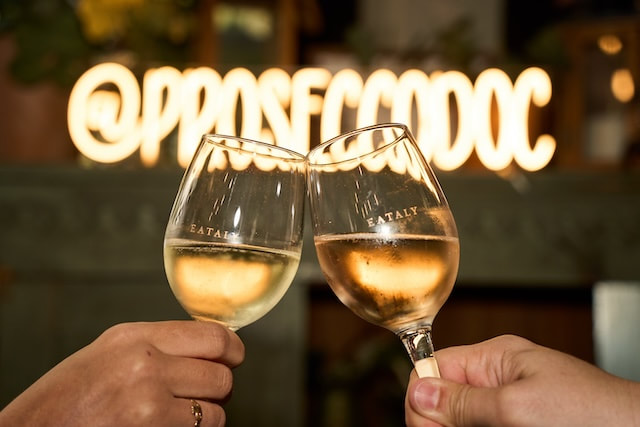
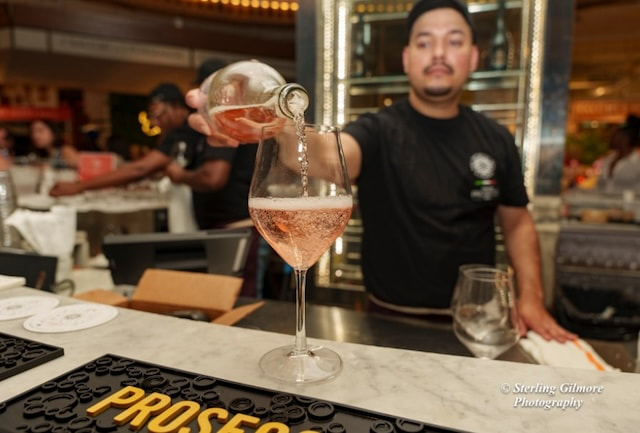

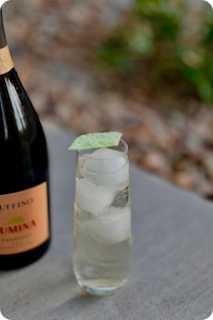
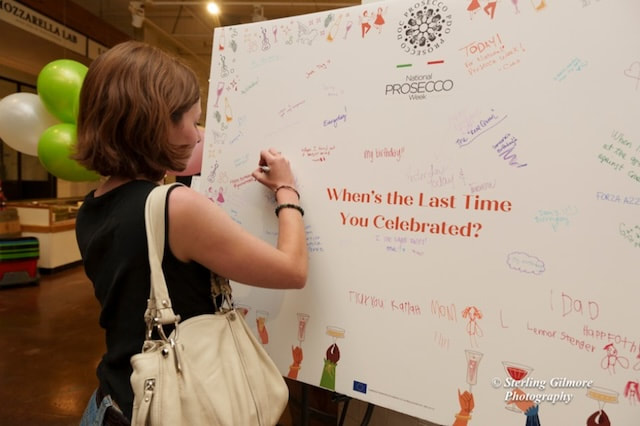
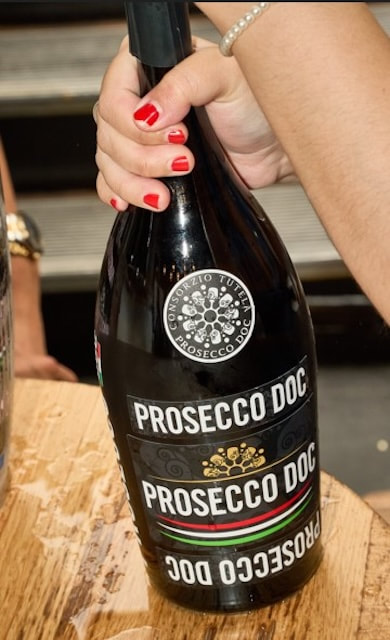
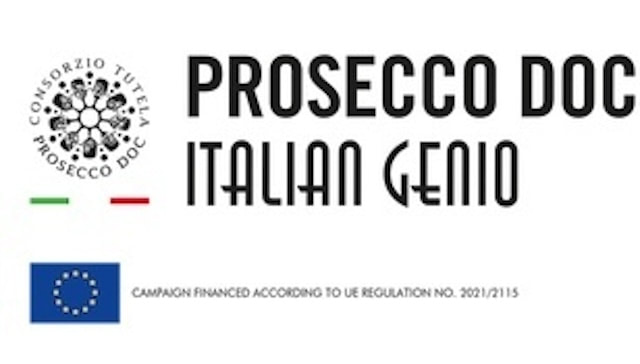
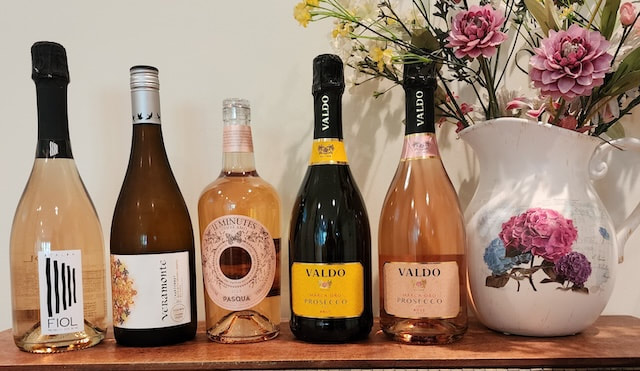
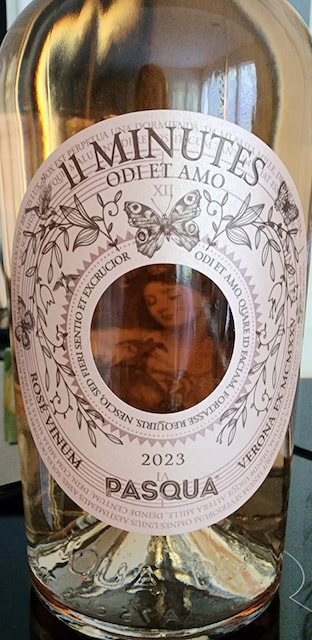
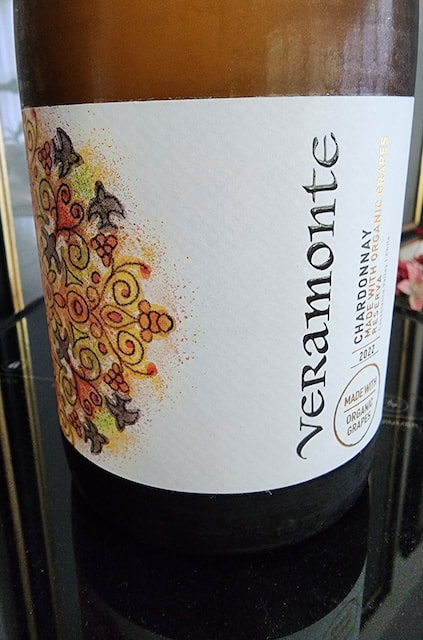
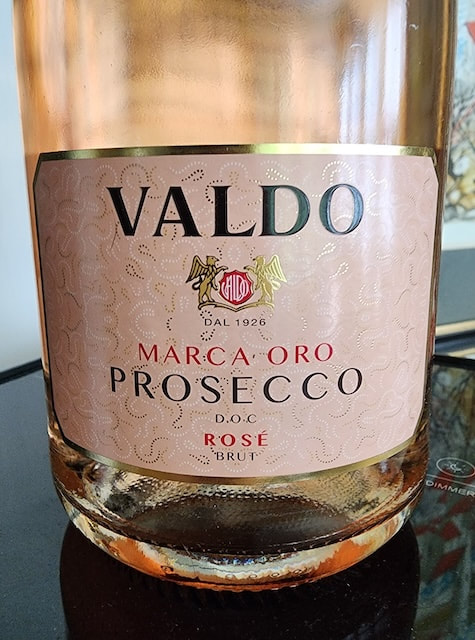
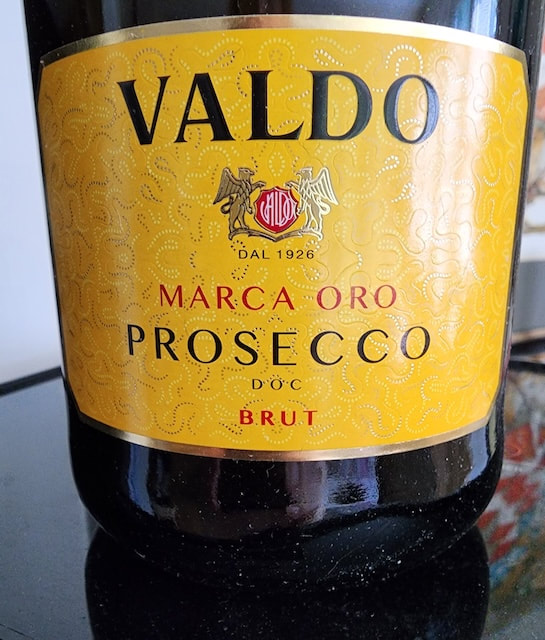
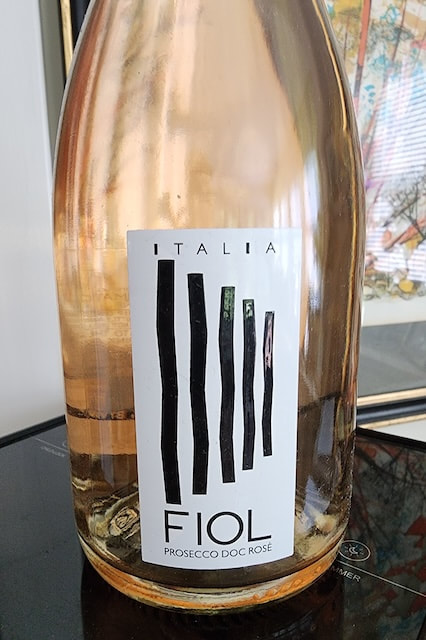
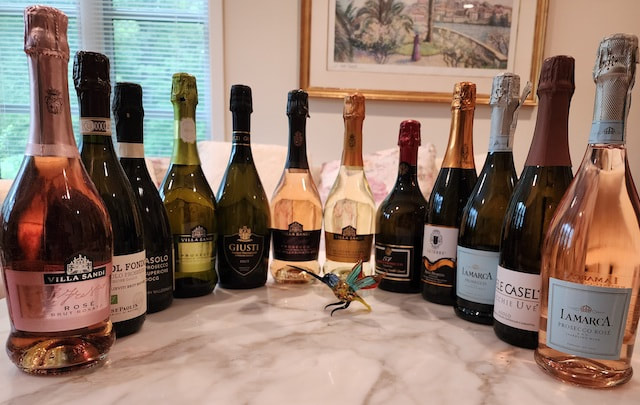
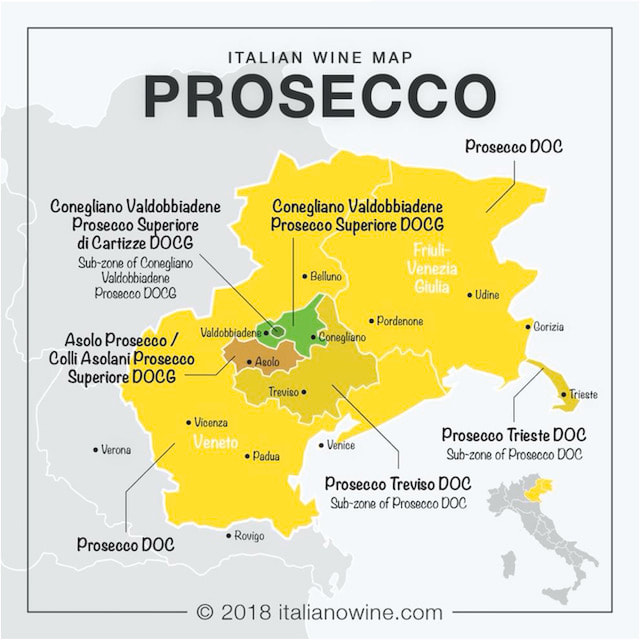
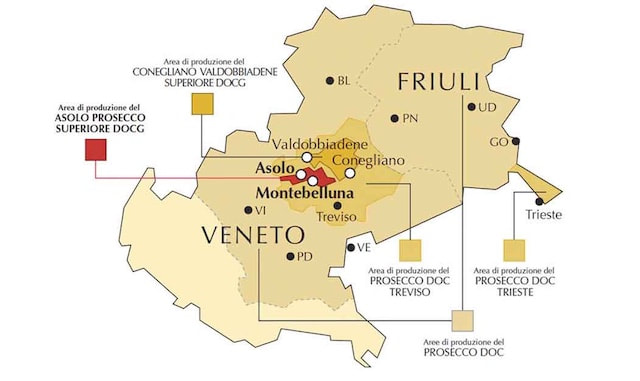
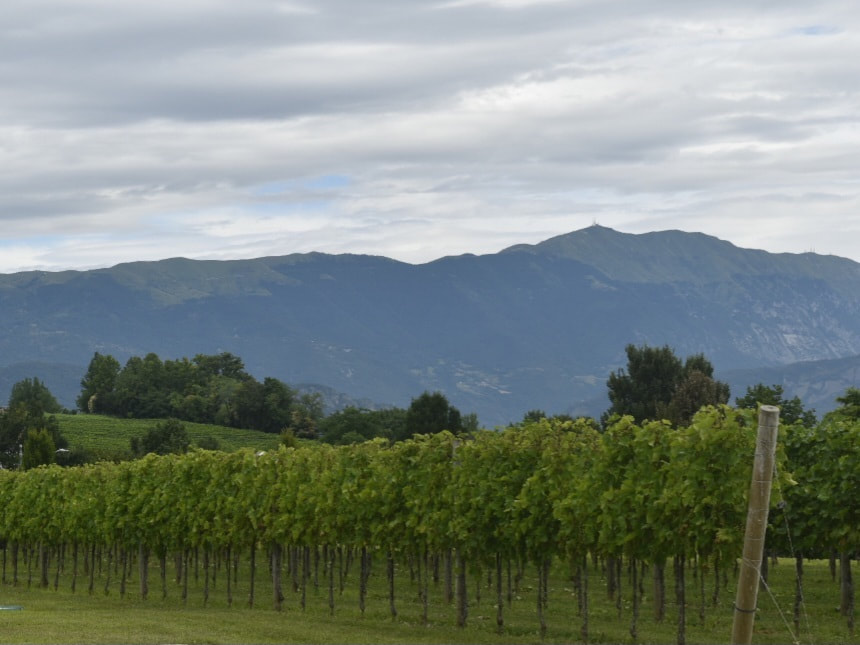
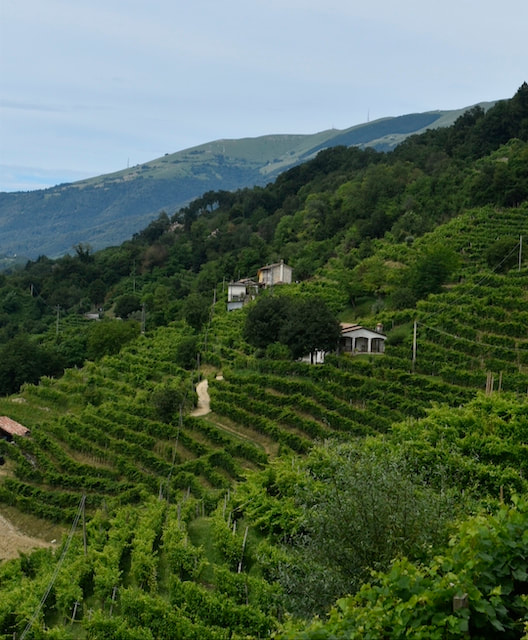
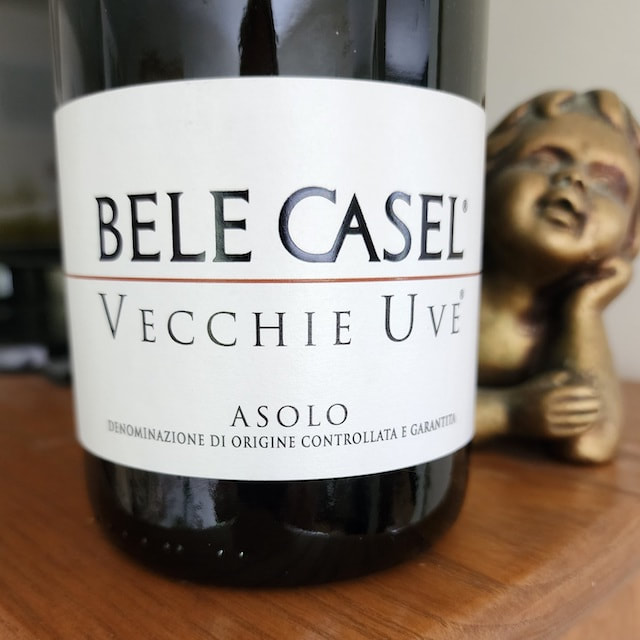
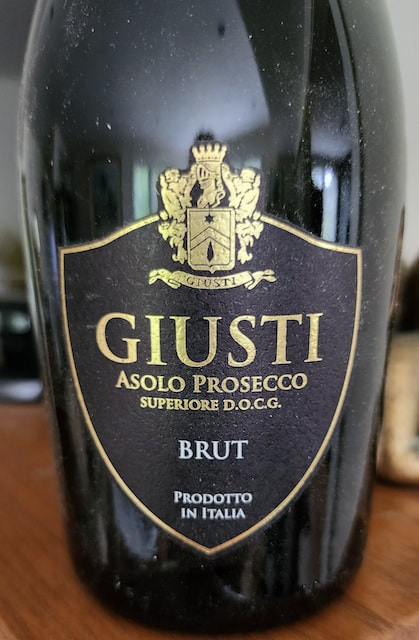
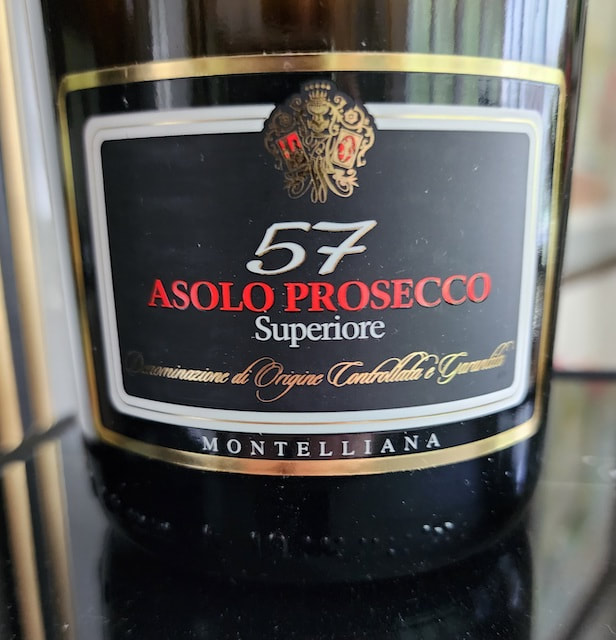
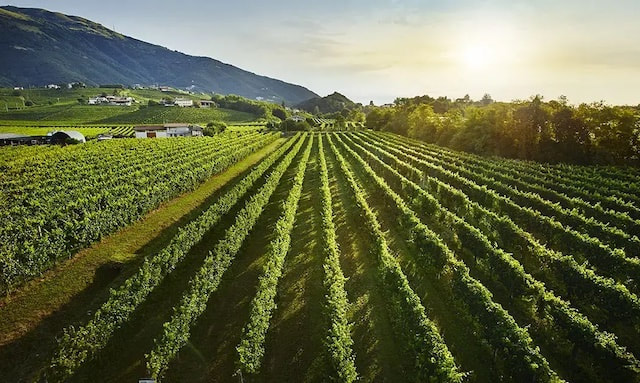
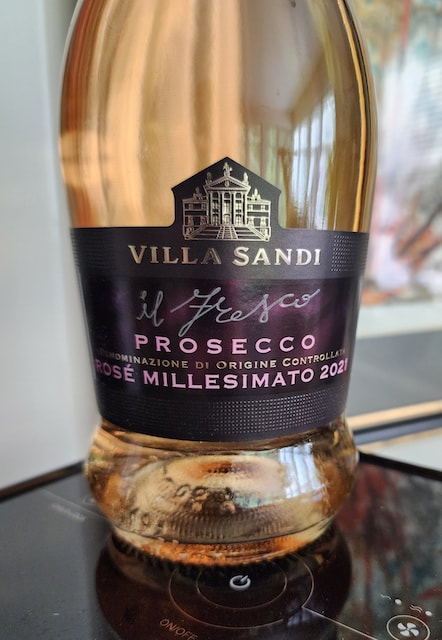
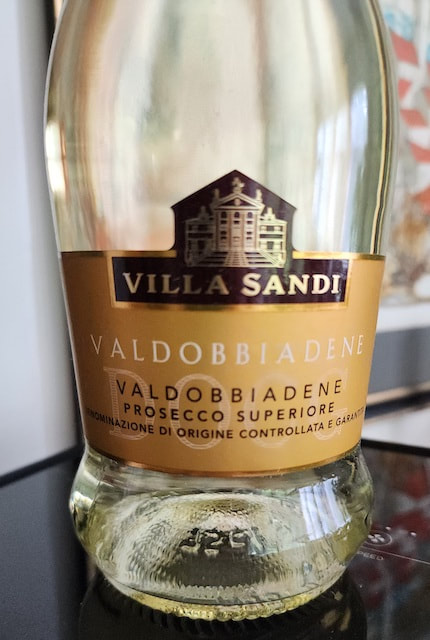
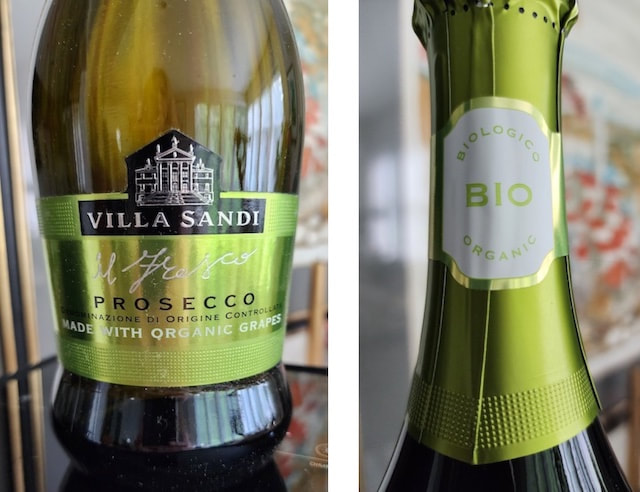
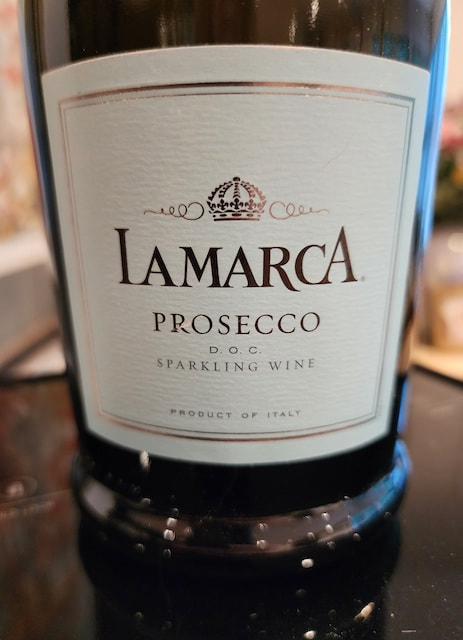
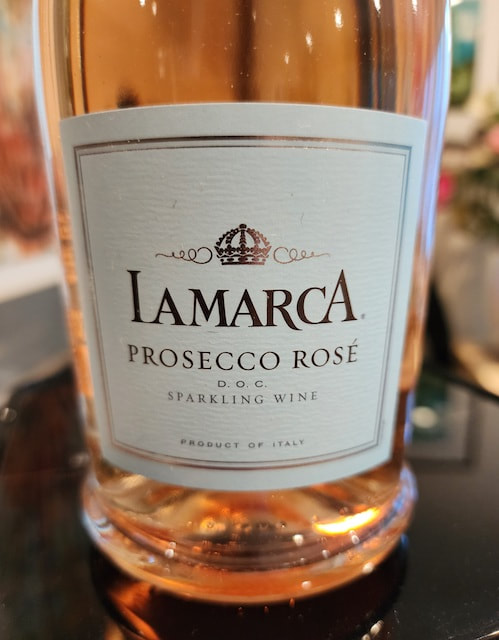
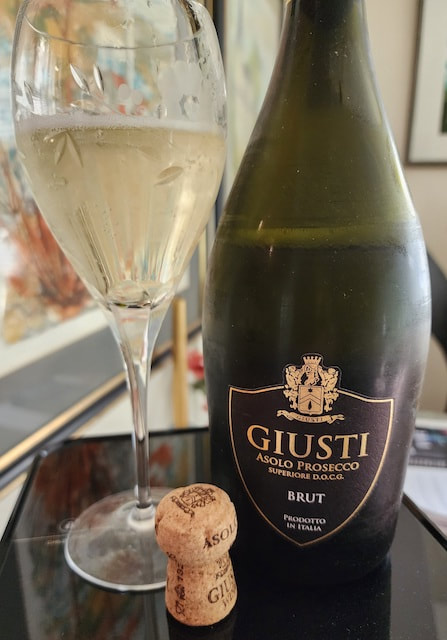

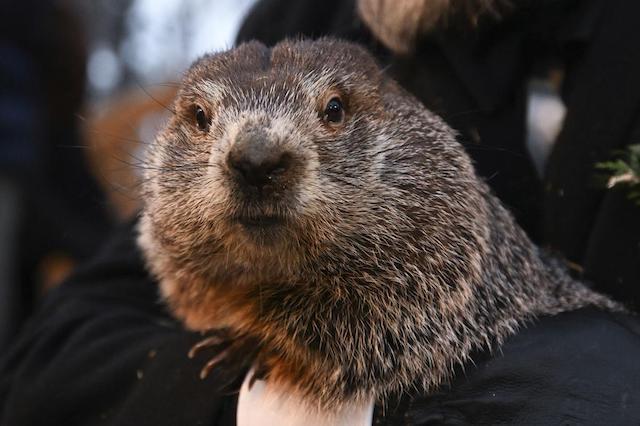
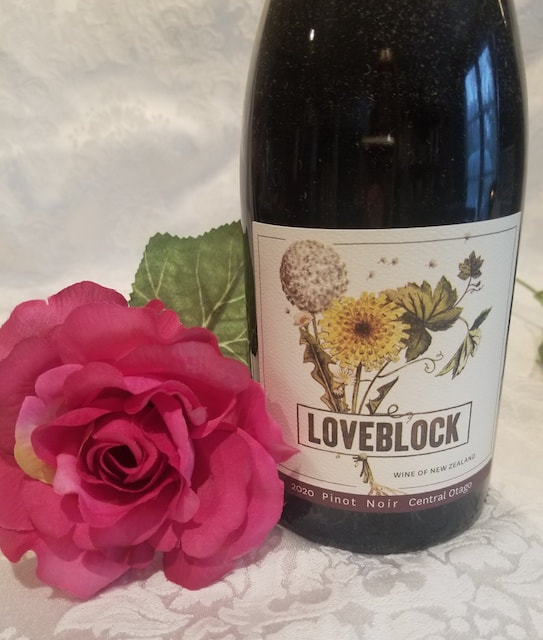
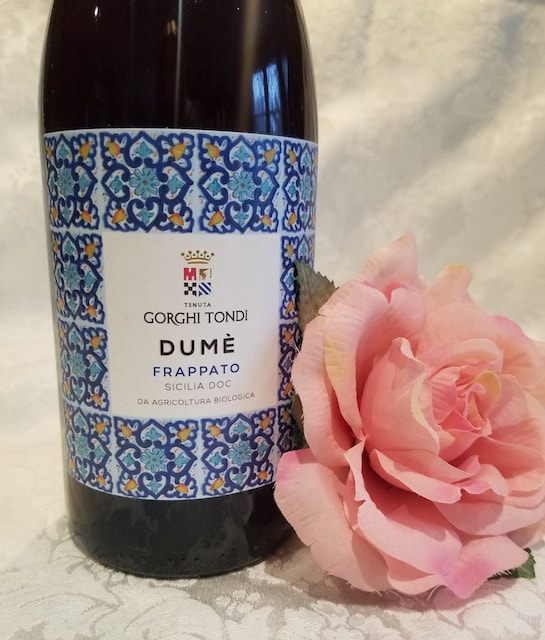
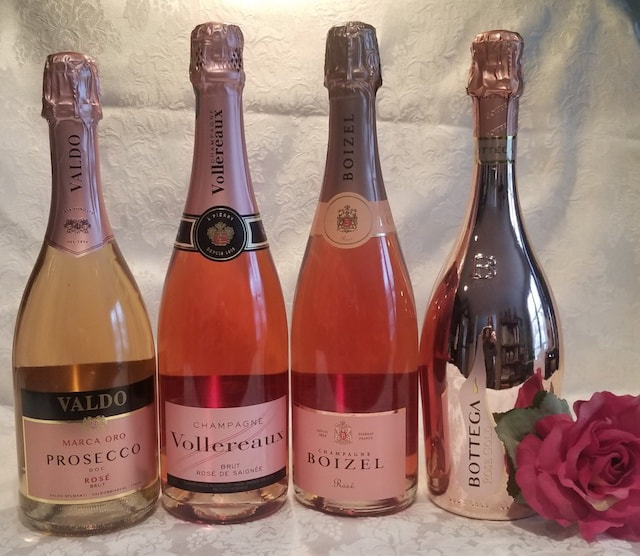
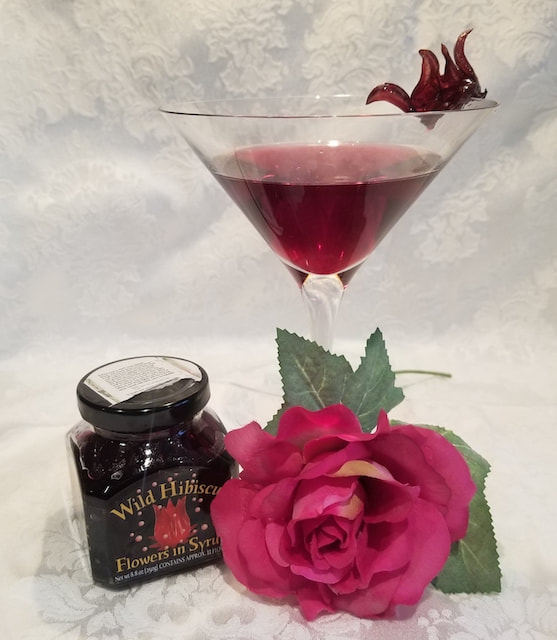
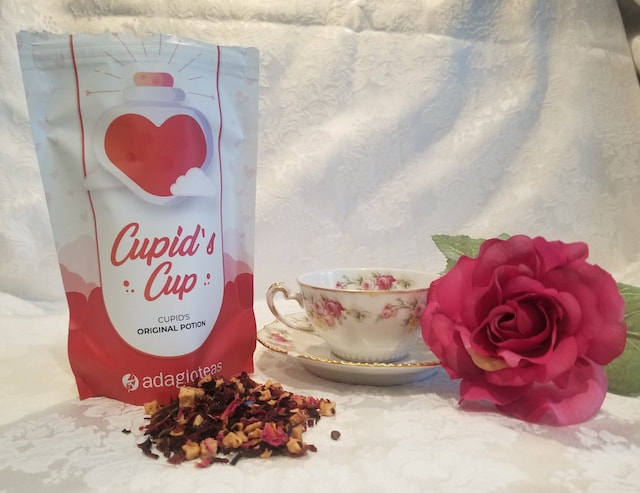
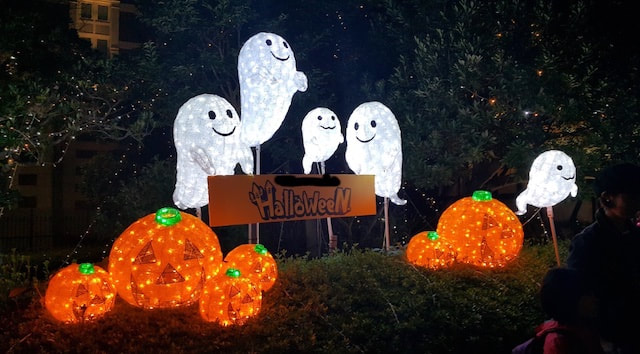
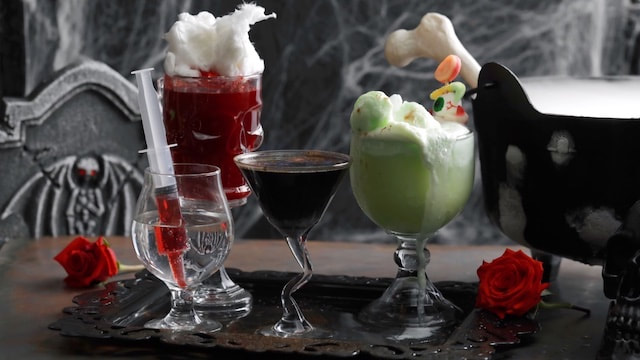
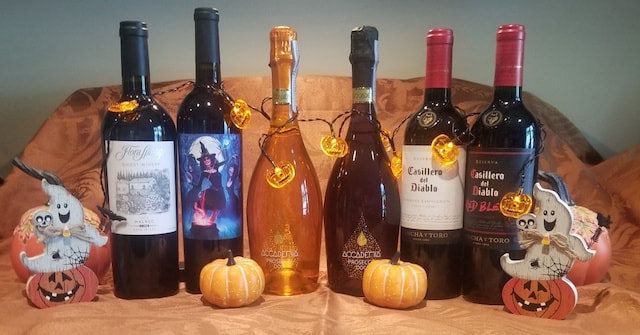
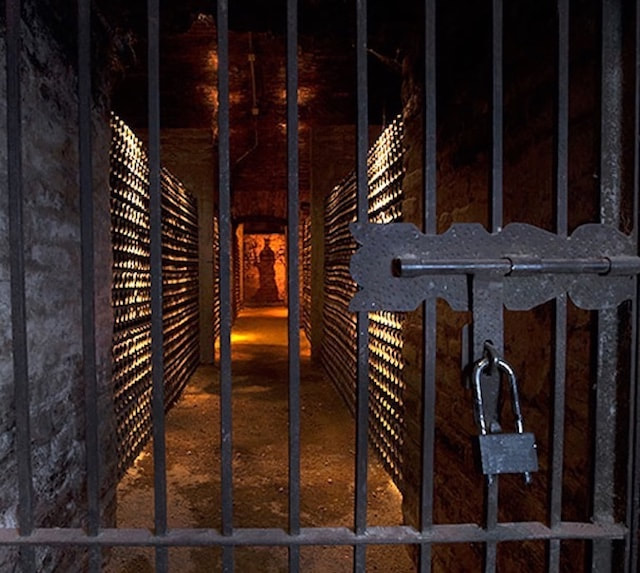
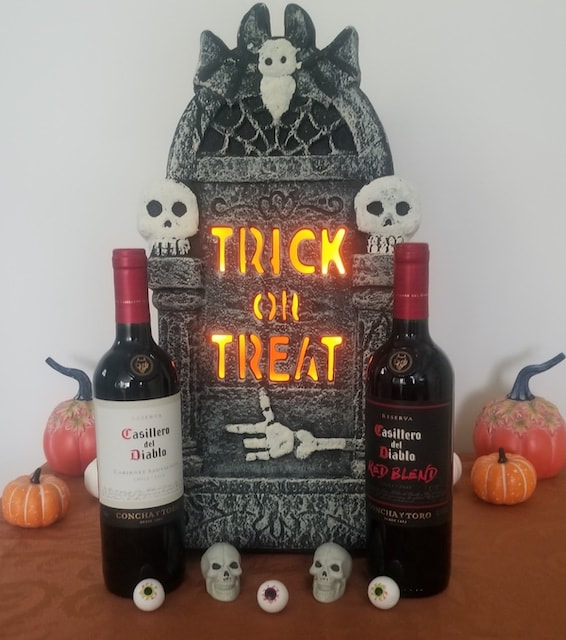
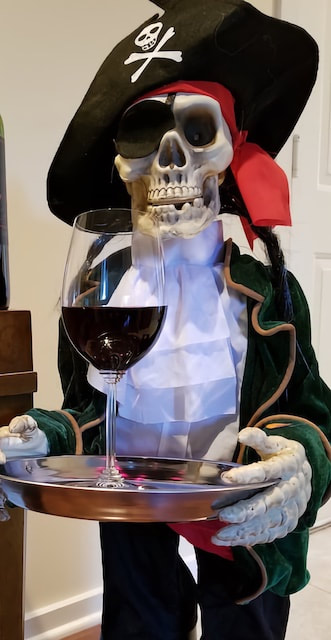
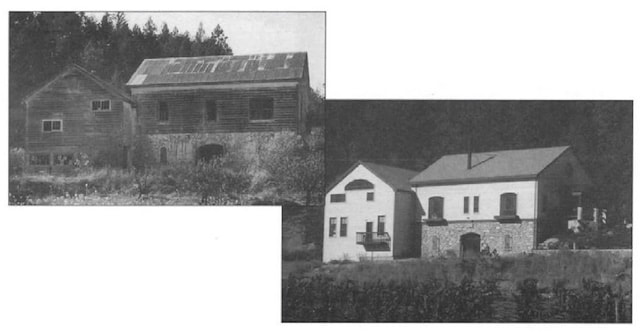
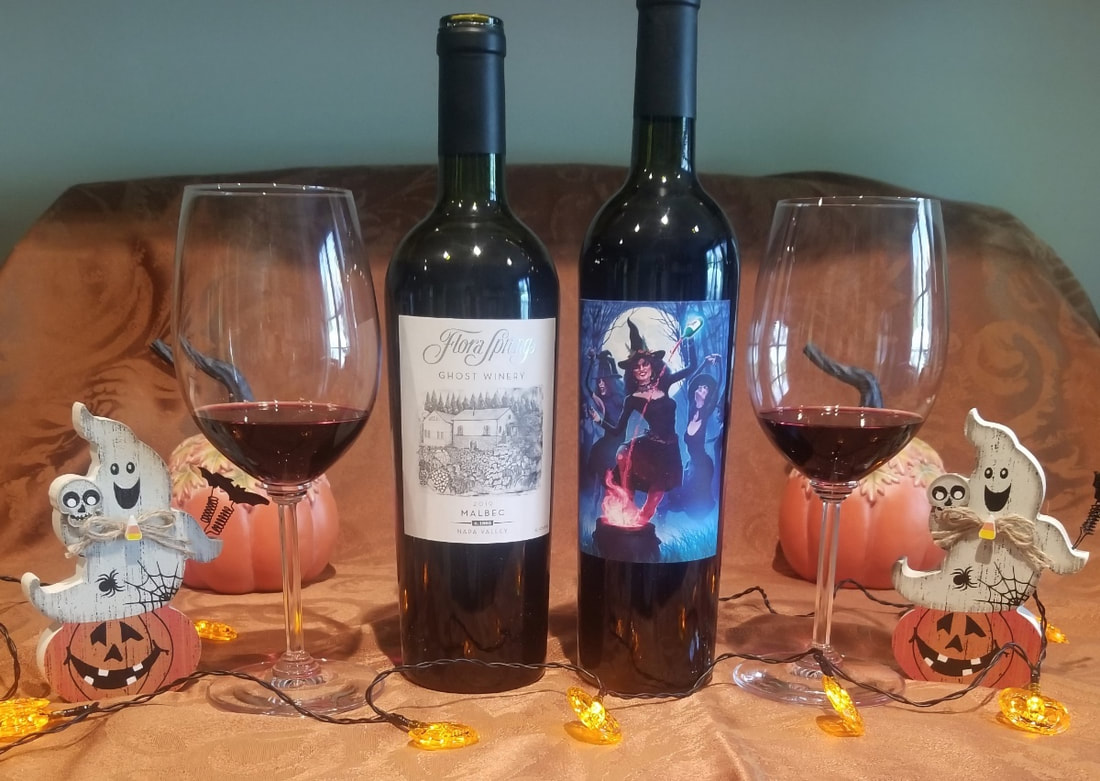
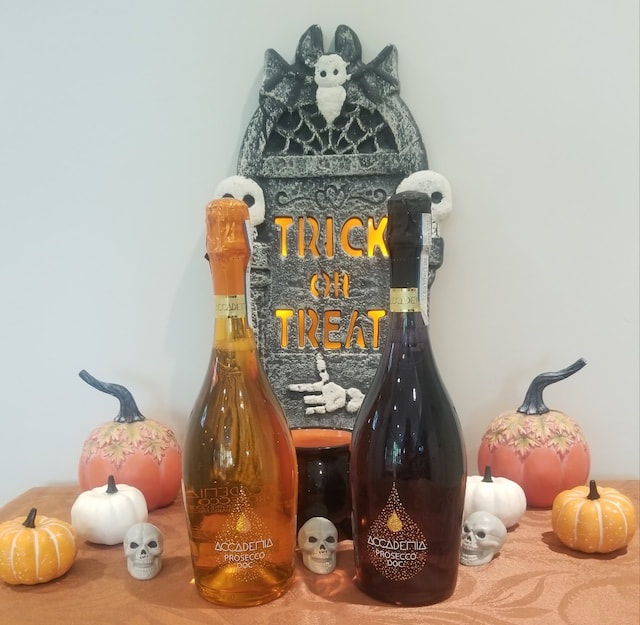

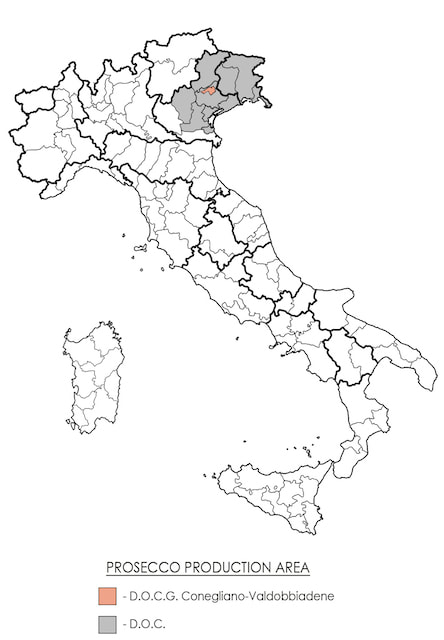
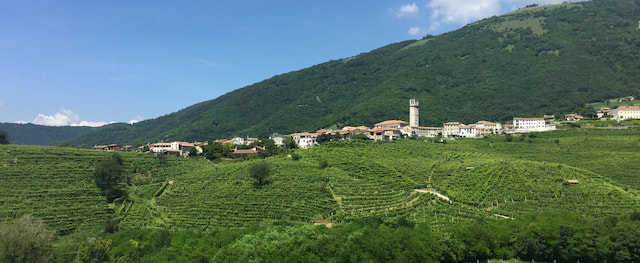
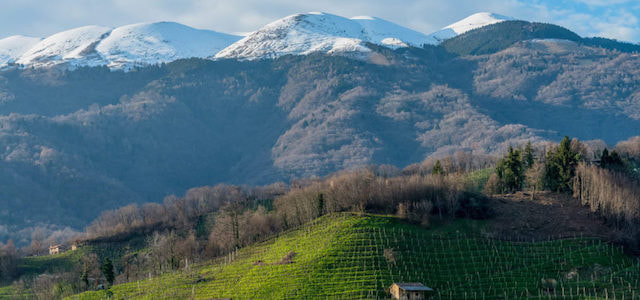
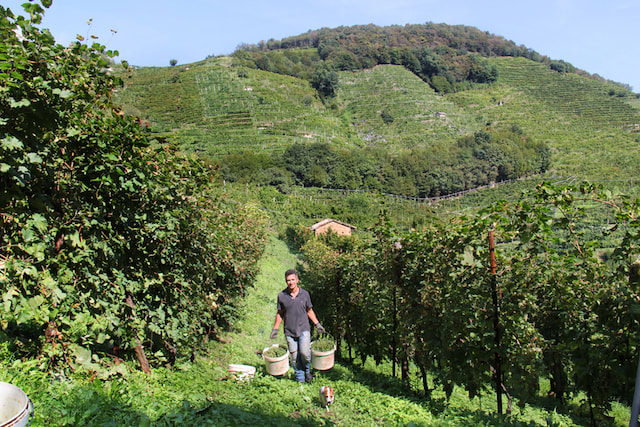
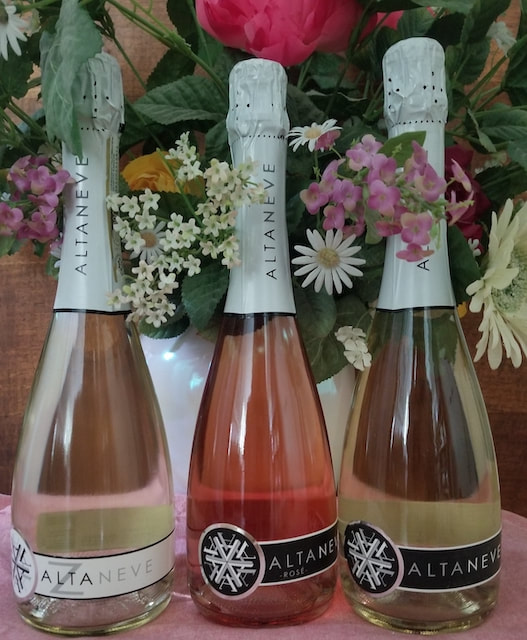
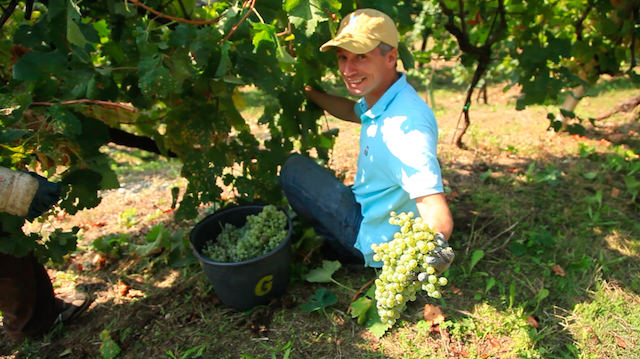
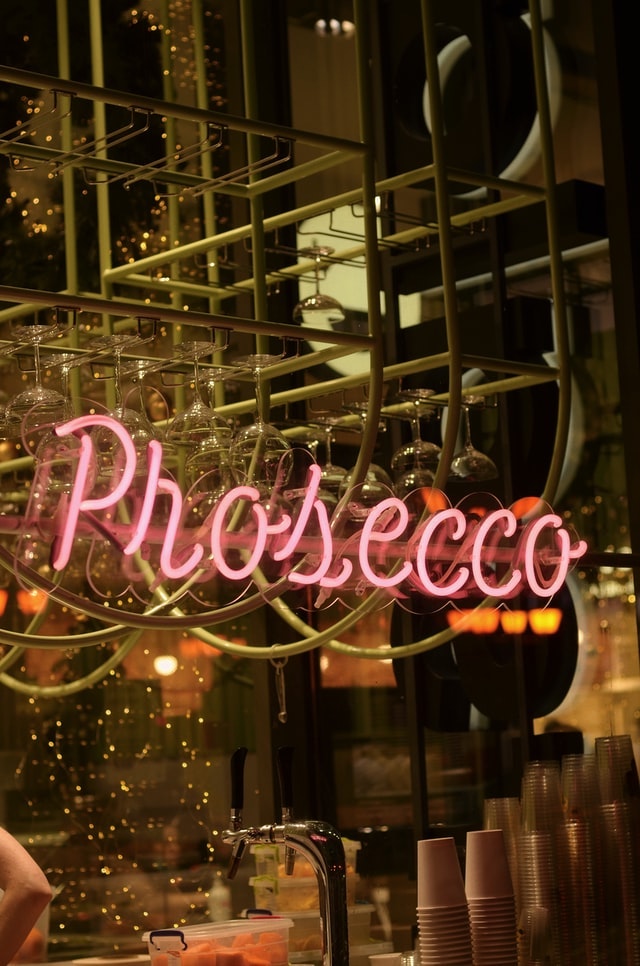
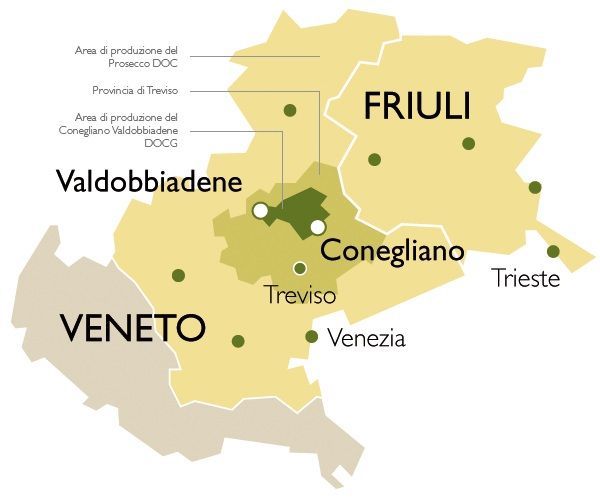
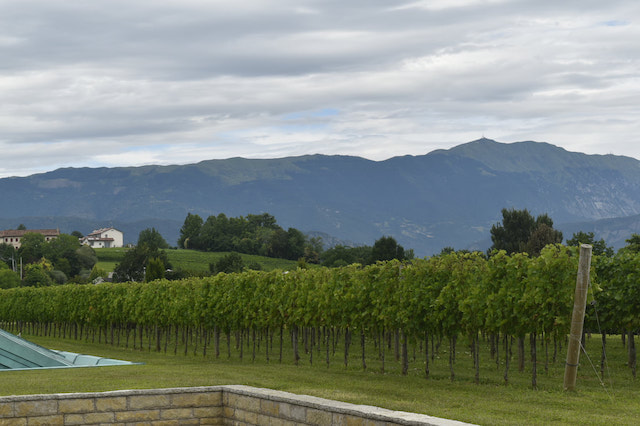
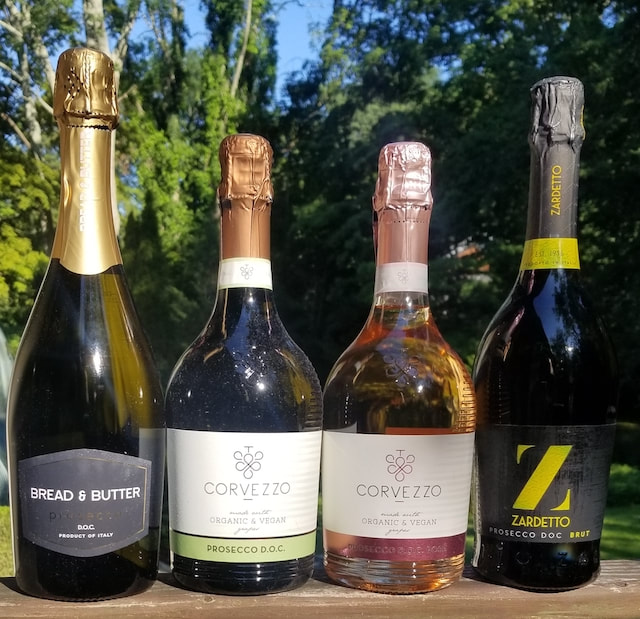
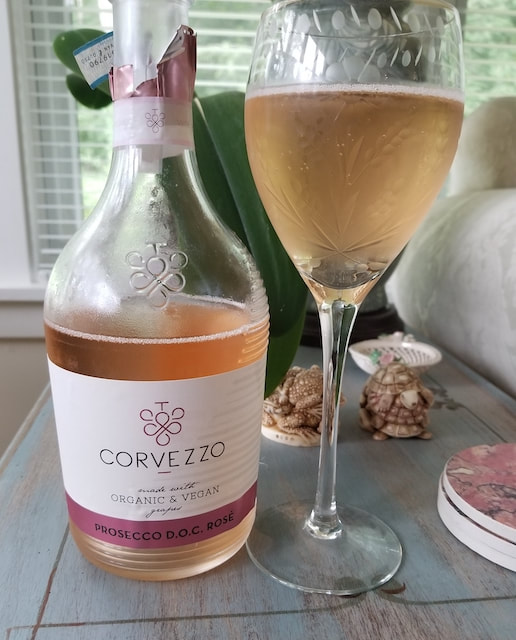
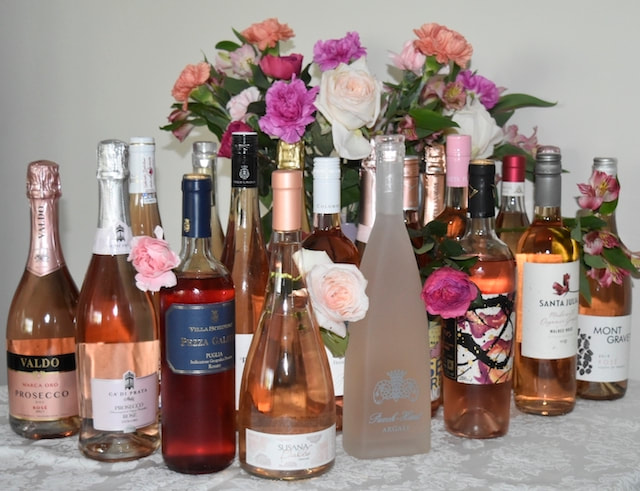
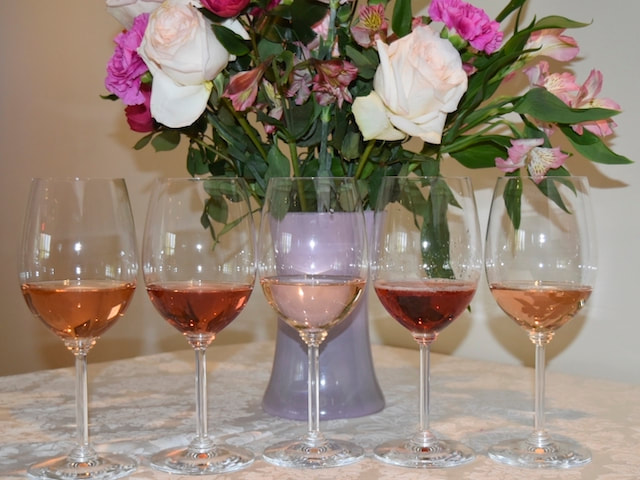
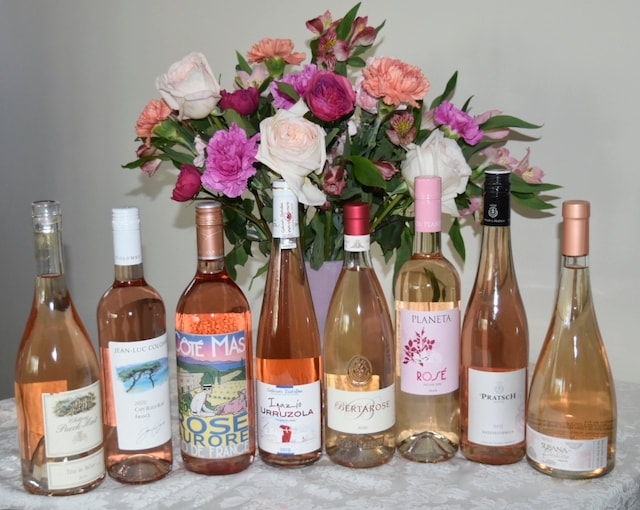
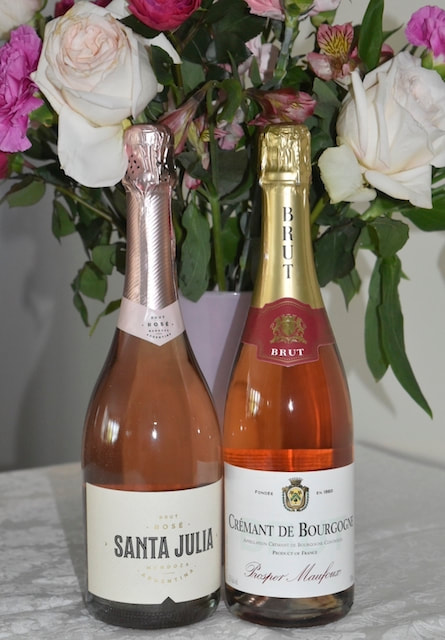
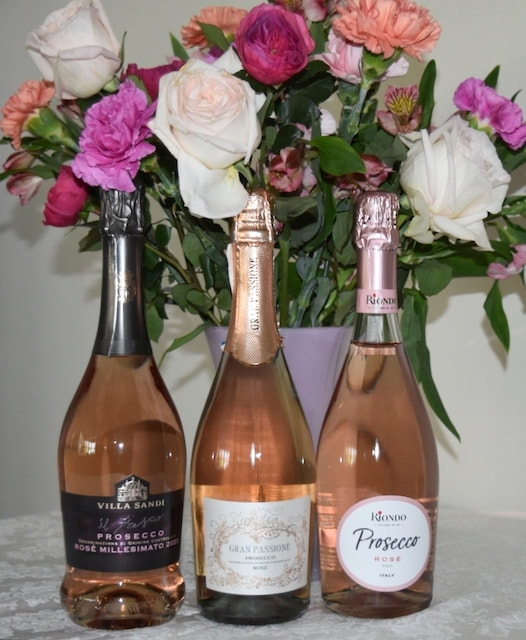
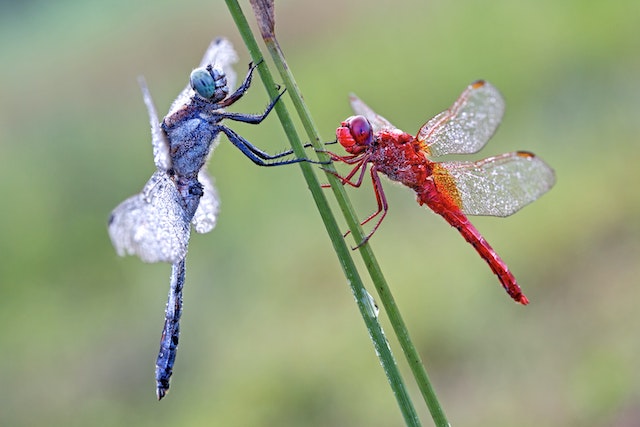
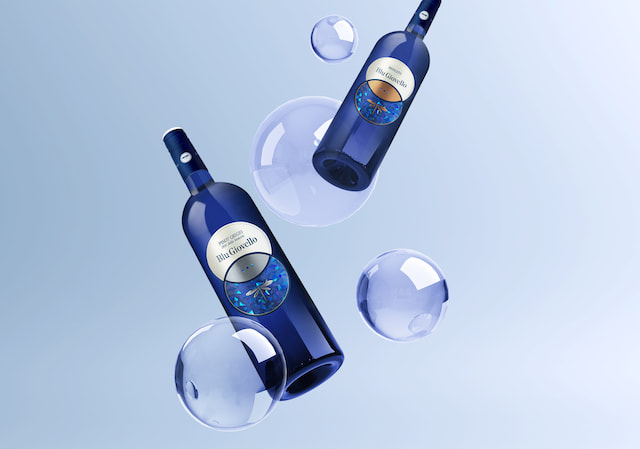
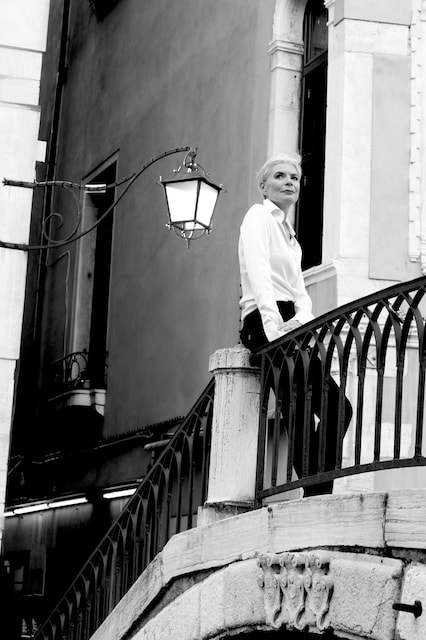
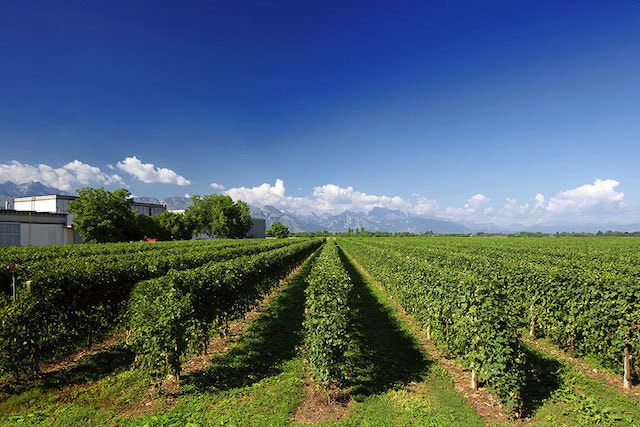
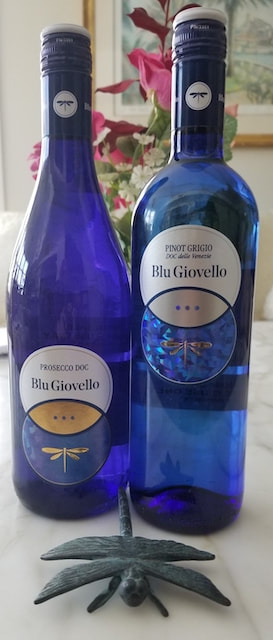
 RSS Feed
RSS Feed